Aquaculture, if “integrated” with ecotourism, not only opens up new development opportunities for the aquaculture and tourism industries, but also helps people change their production methods to increase their income. However, this combination is currently still done spontaneously by people, without guidance from the industry or government to ensure safety during operations, and without specific planning.
Concentrated seafood farming area of the province
With a coastline of about 192km, and a system of many rivers, lakes and ponds, the aquaculture sector of the province has a lot of potential and advantages for development. In addition to the production aspect, aquaculture areas can also become eco-tourism attractions to attract visitors, if invested appropriately and appropriately. A typical example is Phu Quy island district, since the high-speed boat was introduced, shortening the travel time between the mainland and the island district to only 2.5 hours instead of 6 hours as before, tourism on the pearl island has a positive development trend. Aquaculture in Phu Quy is considered one of the key economic sectors, creating jobs, increasing income for people, thereby helping many people get rich legitimately. According to the People's Committee of Phu Quy district, currently the coastal area of Lach Du has 72 seafood farming facilities, with a total water surface area of 14,485 m2; mainly 61 cages with an area of 9,301 m2, along with 11 dams (5,184 m2), mainly raising seafood specialties such as lobster, grouper, cobia, kingfish, snails, sea urchins... Last year's fish cage production output was about 100 tons.
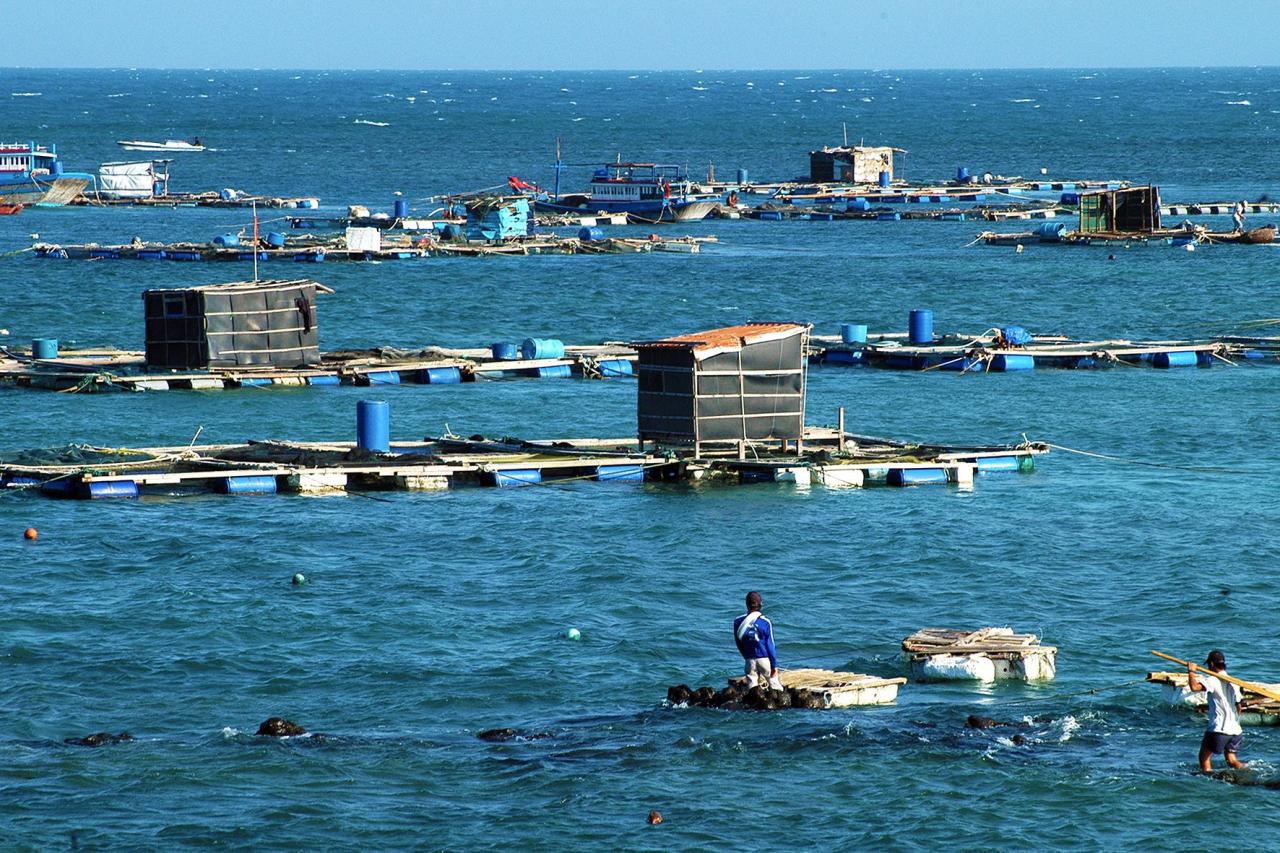
In recent years, as the number of tourists from the mainland to the island has increased, raft owners have combined farming and providing fresh seafood processing services for tourists visiting rafts at sea. This service is enjoyed by many mainland tourists when they come to the island because they can both dive to see corals, enjoy the cool sea breeze and eat fresh seafood specialties processed on the spot. This popularity has unintentionally given those who raise seafood on rafts a second job in tourism business in a "random" way. According to local data, since the beginning of this year, Phu Quy has welcomed more than 150,000 tourists (an increase of more than 61,000 visitors compared to the same period last year), including more than 2,200 foreign visitors. And most of these visitors do not miss the raft tour to enjoy seafood, so the number of rafts doing tourism is increasing and all are spontaneous.
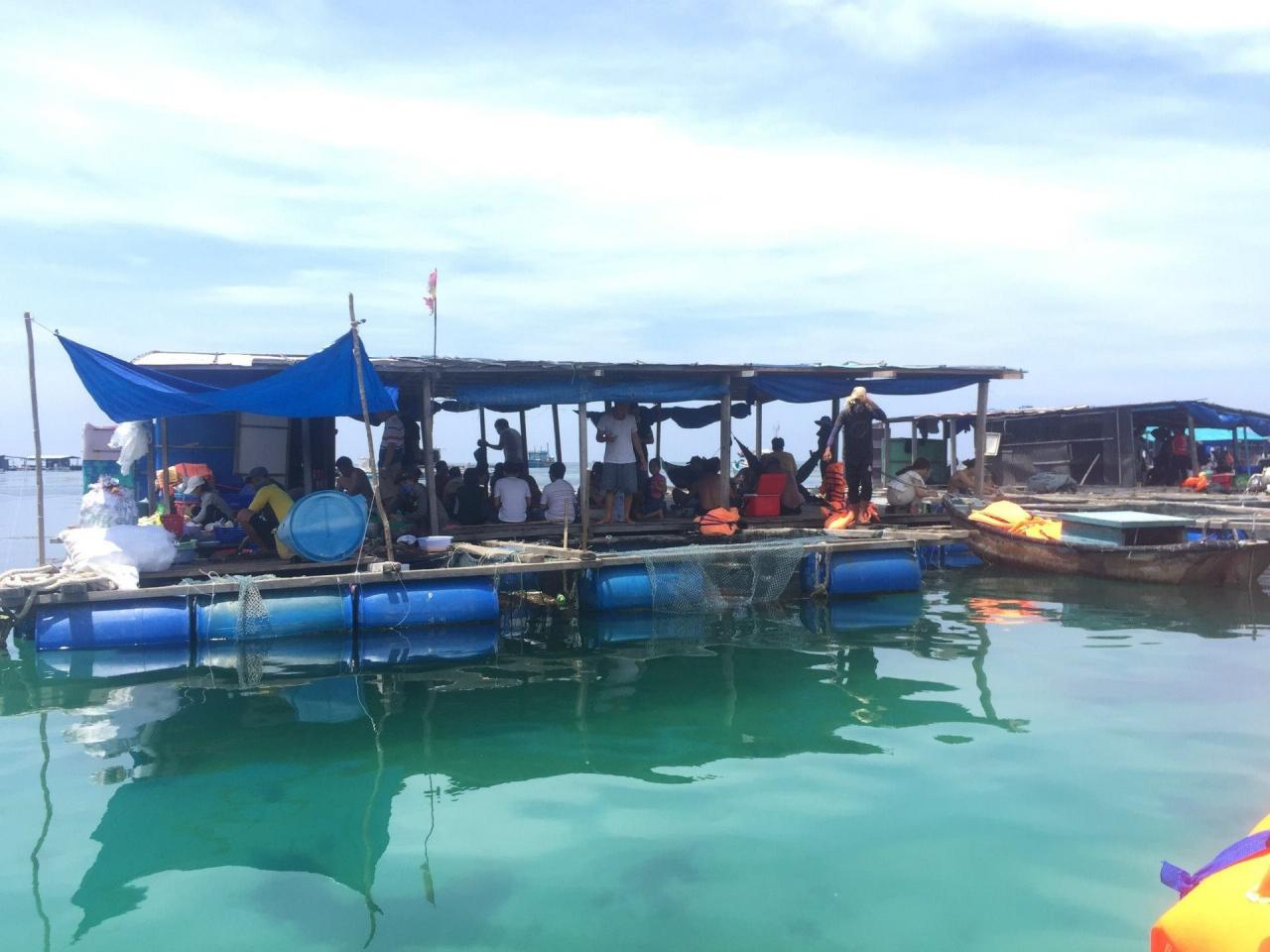
It is known that in 2019, the People's Committee of Phu Quy district required the owners of the rafts to sign a commitment, fully equip rescue vehicles, and life jackets for guests. Vehicles transporting guests to the rafts must be registered and inspected according to regulations, and drivers of high-speed canoes and motorboats must be trained and certified. In particular, the rafts must be installed with septic tanks, and garbage must be collected at the end of the day to avoid littering and polluting the marine environment. Up to this point, about 10 rafts combined with basic tourism services have met all the conditions and have become indispensable destinations in tourists' island tour schedules.
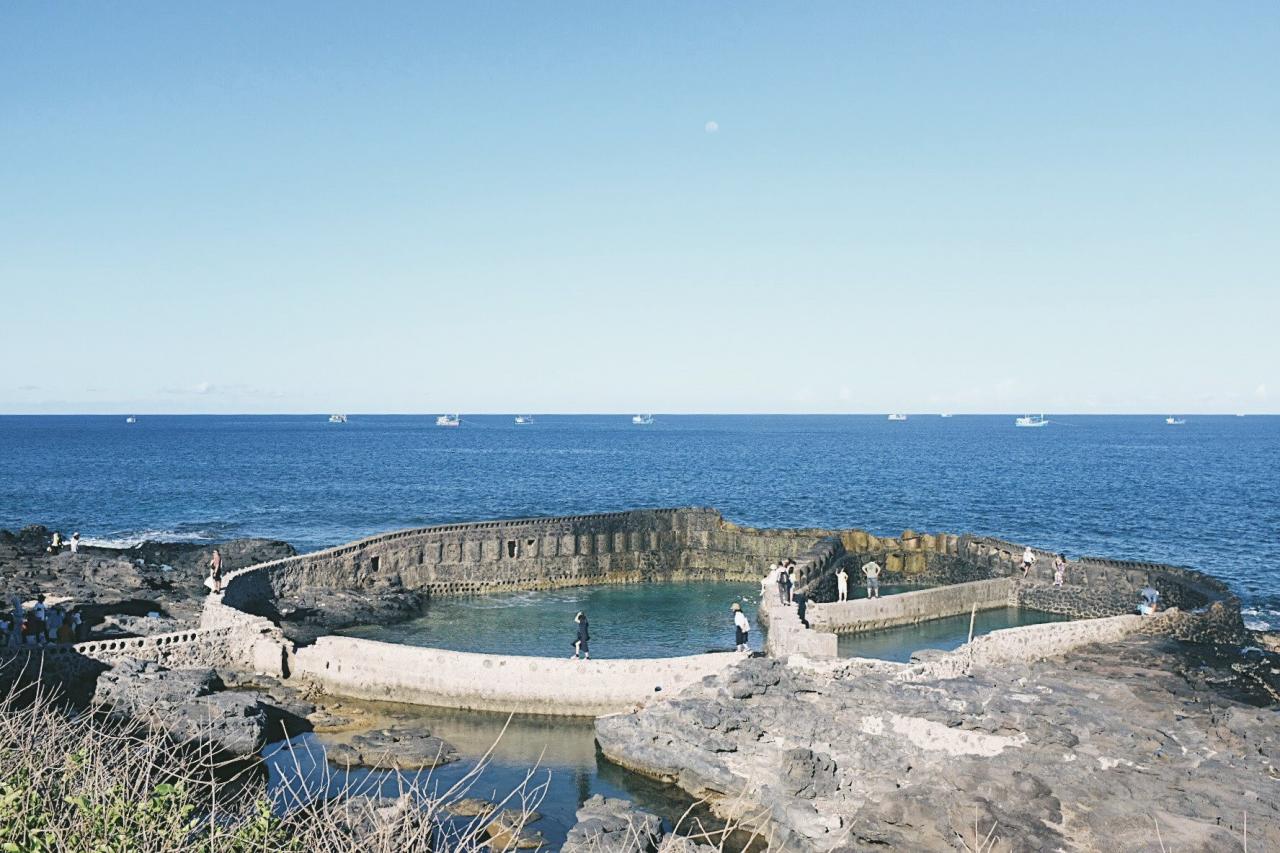
Creating a breakthrough for the fisheries economy
In the trend of developing green tourism, Phu Quy island district has encouraged cage facilities to invest in aquaculture, while attaching necessary conditions to tourism business, ensuring the marine environment, as well as safety for tourists to explore Lach Du cages. In addition, the district is surveying Mom Da bay to develop a wave-breaking pond model, both for aquaculture and tourism. The district will plan and design, as well as orient the technical direction of the barrier pond, which is both aesthetic, safe, and a very unique tourist destination on the pearl island.
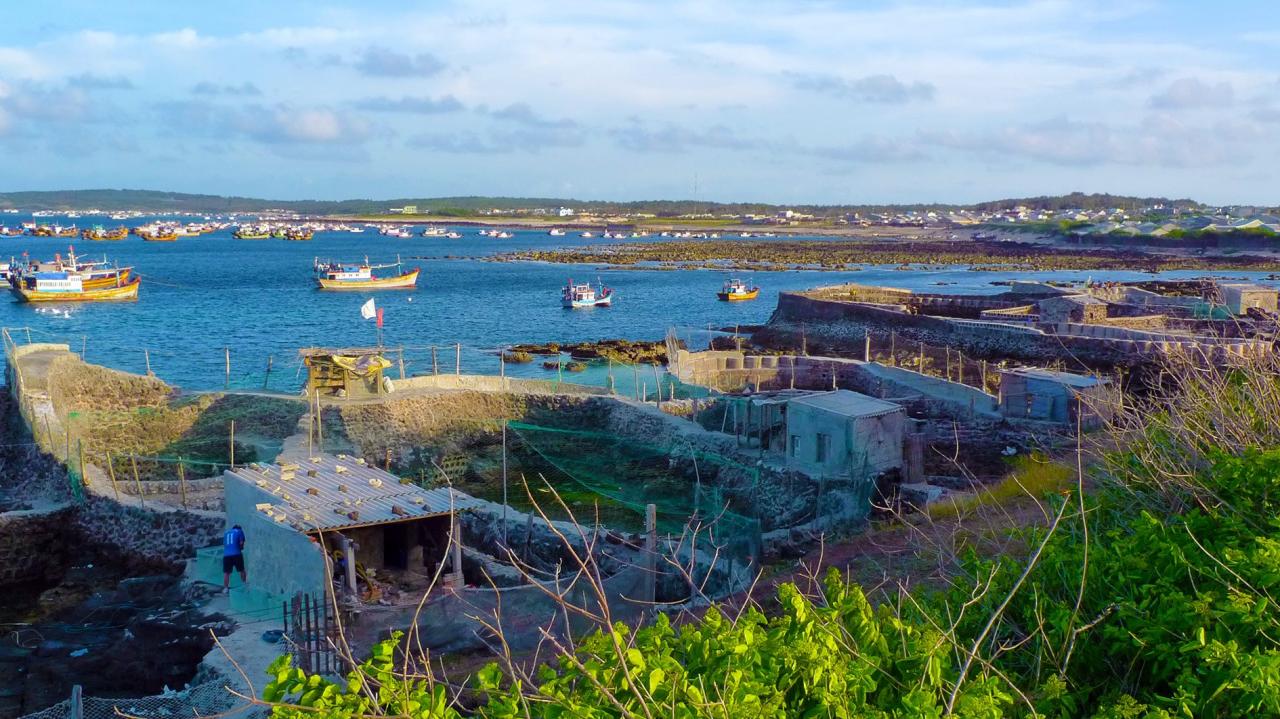
Not only Phu Quy, but other freshwater aquaculture areas in the province such as sturgeon in Da Mi, Ham Thuan, or the two districts of Tanh Linh and Duc Linh are also aiming to combine seafood farming with ecotourism. This is also one of the development orientations of the Binh Thuan aquaculture industry until 2030. In particular, the province will promote the development of marine aquaculture, change jobs for fishermen and develop aquatic resources associated with the development of ecotourism. With the above orientation, the aquaculture industry not only has the potential to create economic breakthroughs, contributing to creating a stable supply of raw materials for seafood exports, but also helps reduce pressure on offshore fishing. This is a new tourism product, promising to bring breakthroughs to the aquaculture economy as well as tourism. However, developing ecotourism needs to ensure the quality of products and services provided, as well as authenticity...
Therefore, in addition to investing in building aquaculture infrastructure, there needs to be serious investment in ancillary services; reducing the impact of natural disasters, protecting the environment... In addition, for this tourism product to develop sustainably, specialized sectors and local authorities need to improve the effectiveness of planning work, ensuring that the aquaculture areas and species are suitable, and people also need to change their production mindset towards "clean products, good services".
At the workshop "Natural marine farming combined with protection and development of aquatic resources" held in Hoi An City, Mr. Nguyen Hoang Anh - Chairman of Binh Thuan Shrimp Breeding Association proposed: For a long time, marine farming in Vietnam has been almost spontaneous, farmers have no planning, no clear policy mechanism and they have mobilized themselves so the efficiency is not high. Therefore, first of all, there must be a unified planning, assigning specific rights to the subjects participating in the investment. Regarding the issue of long-term sea allocation to farmers as Decree 11 issued from 2021, but so far no locality has been able to implement it. If this can be done synchronously, then the obligations and protection in the development of the marine economy to ensure green products and ensure marine resources will be effective.
Source


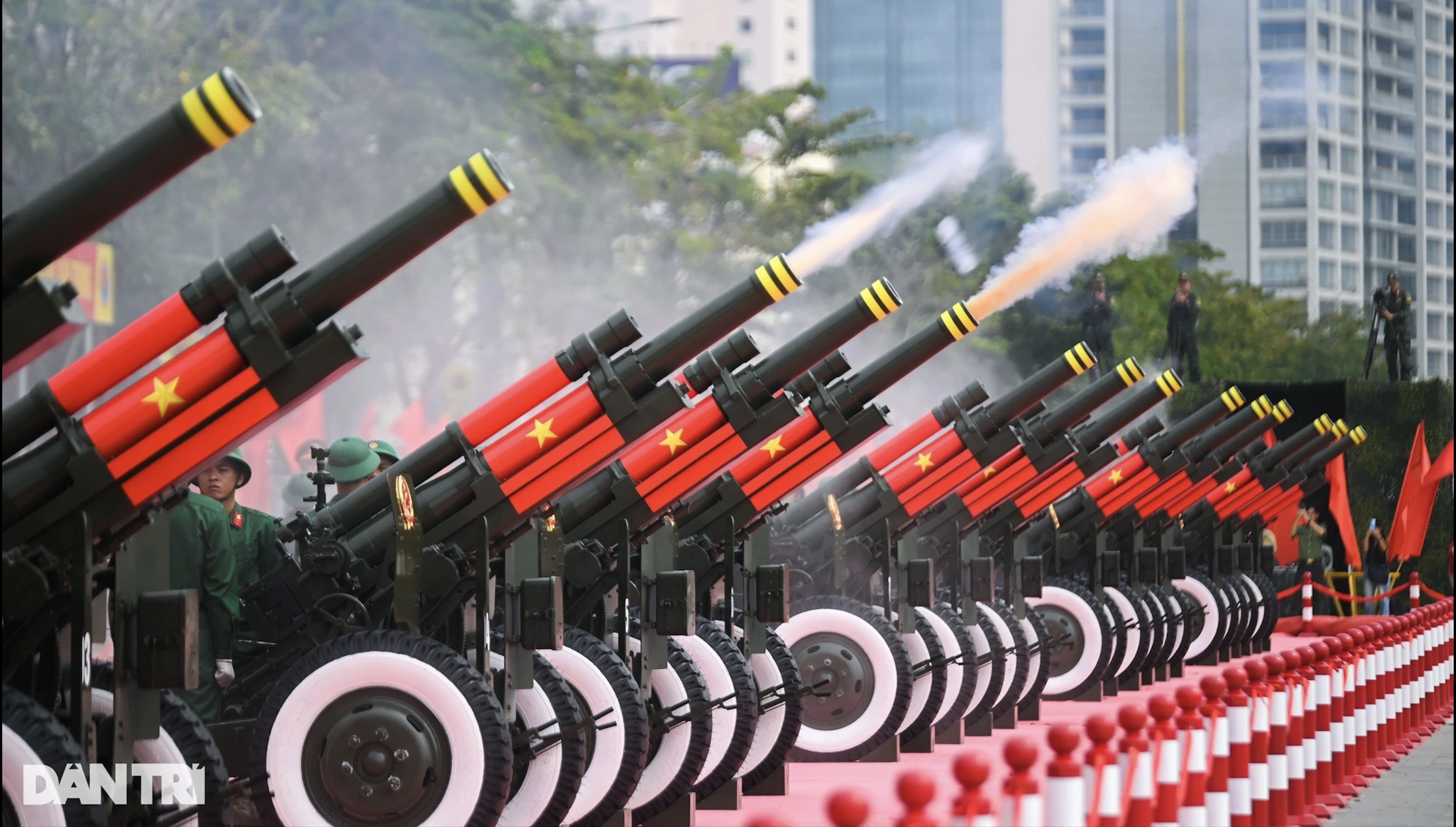
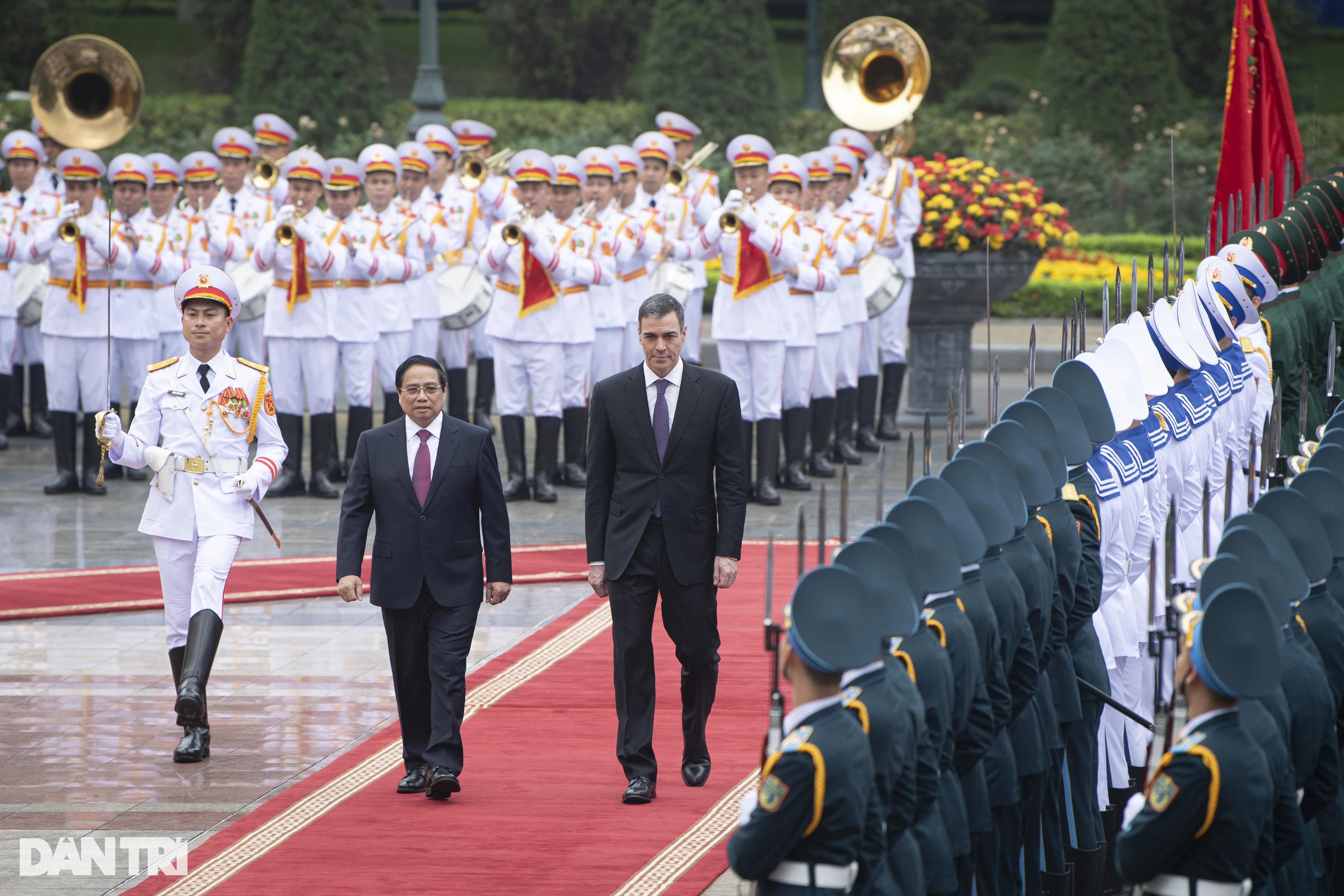
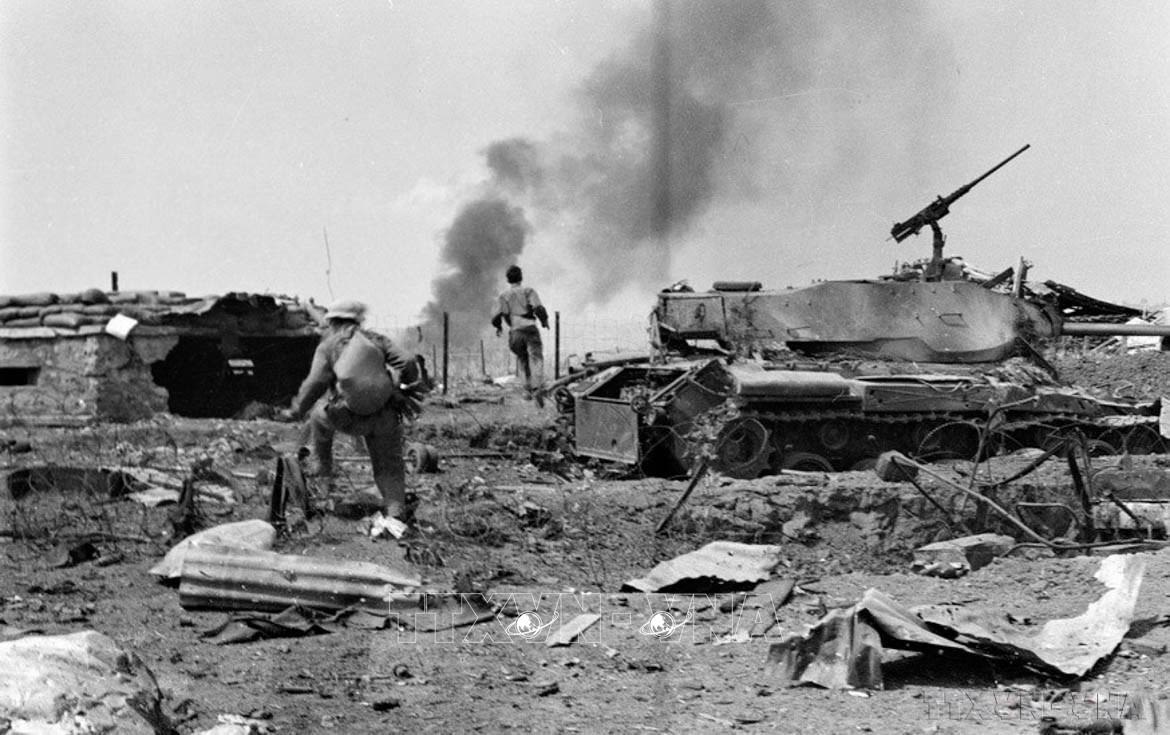
![[Photo] Visiting Cu Chi Tunnels - a heroic underground feat](https://vstatic.vietnam.vn/vietnam/resource/IMAGE/2025/4/8/06cb489403514b878768dd7262daba0b)
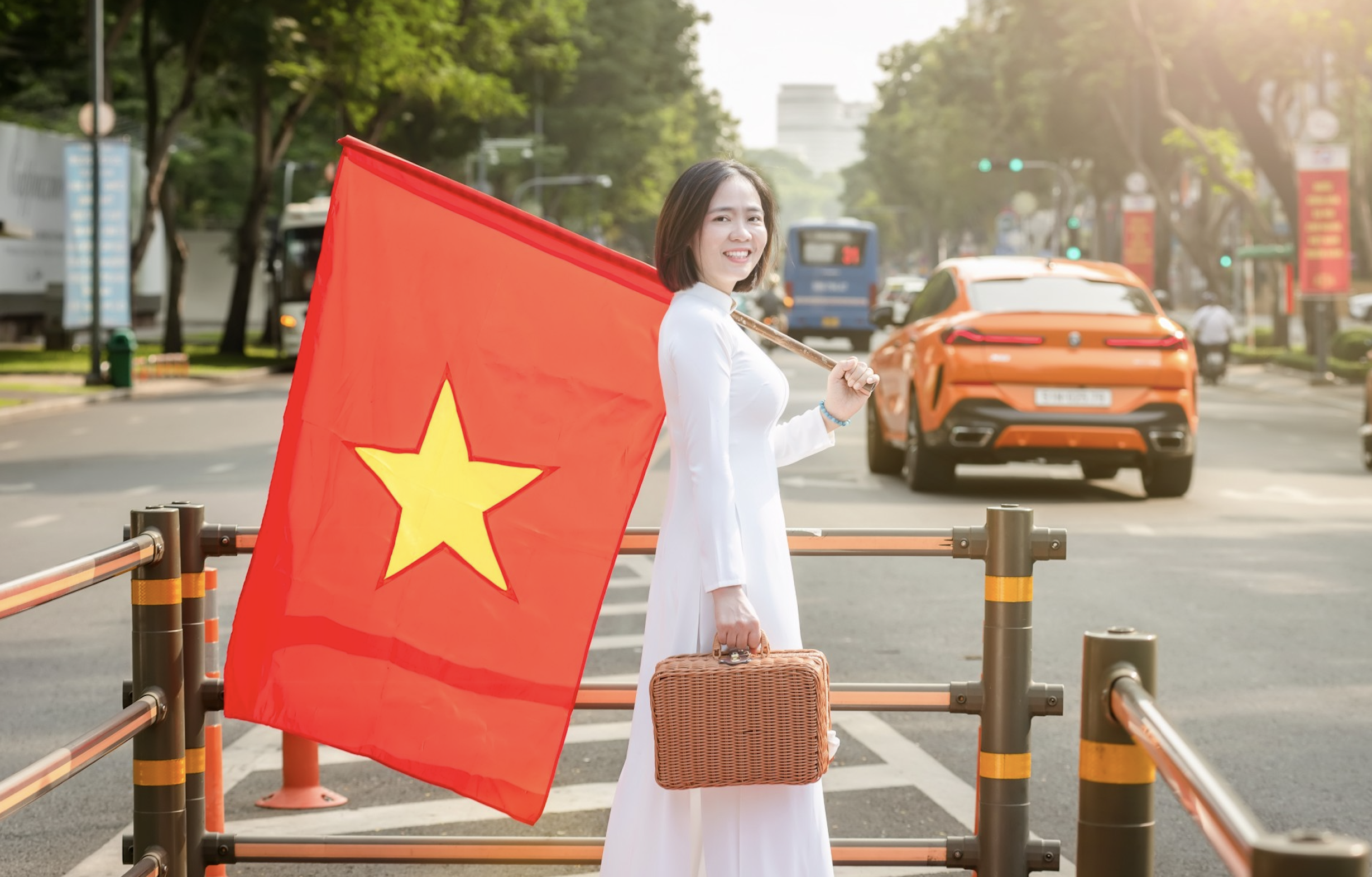
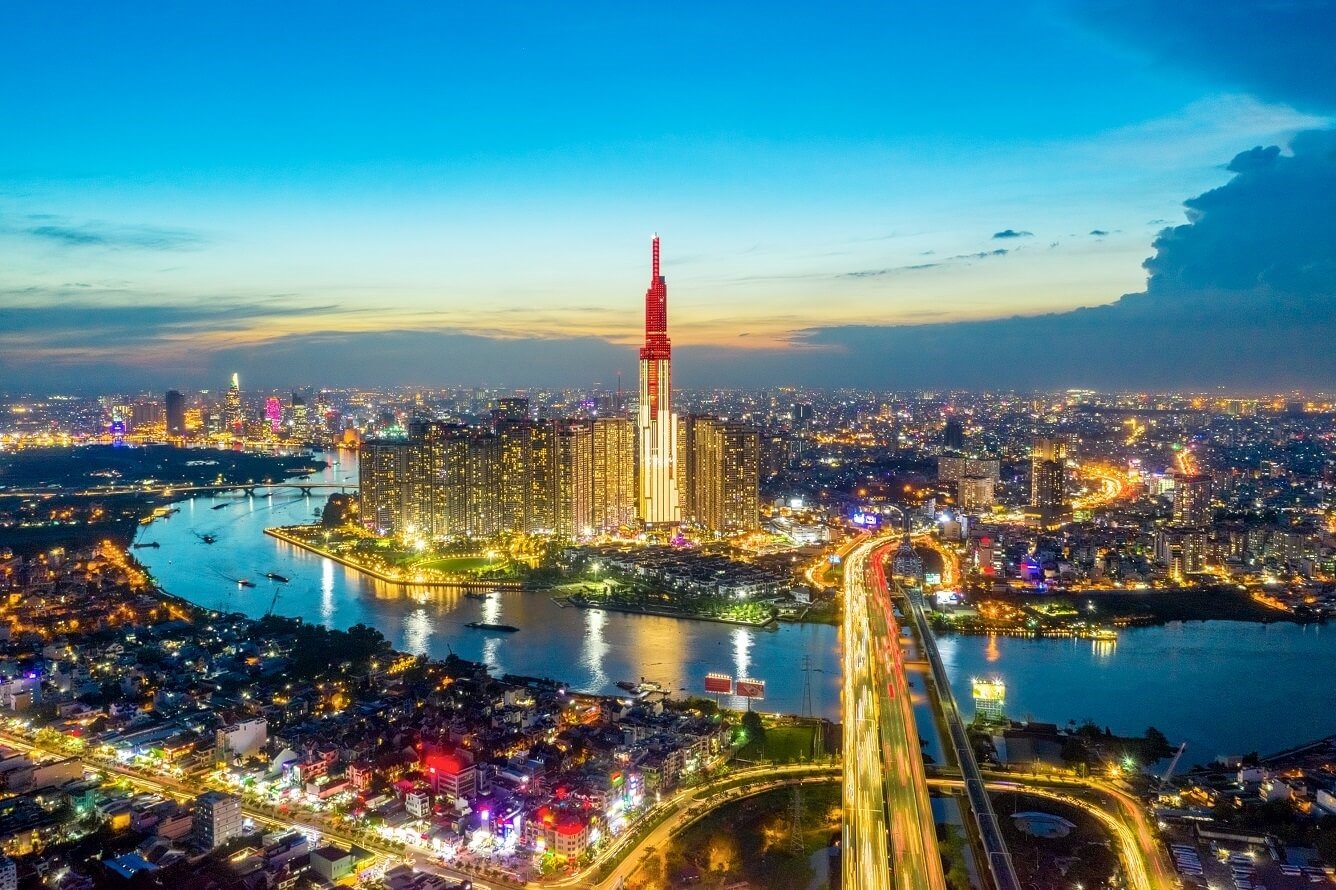
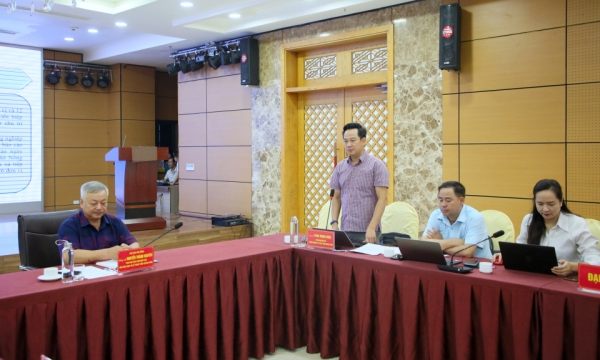
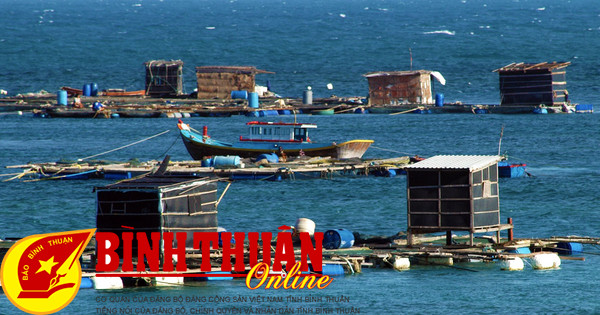
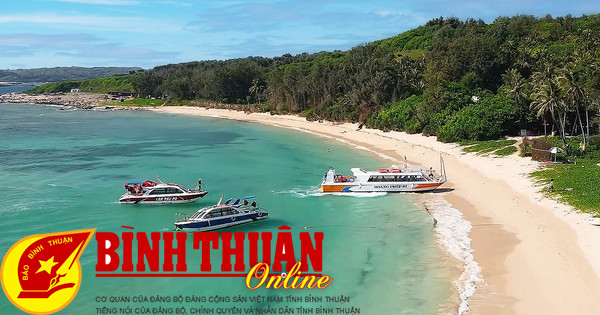
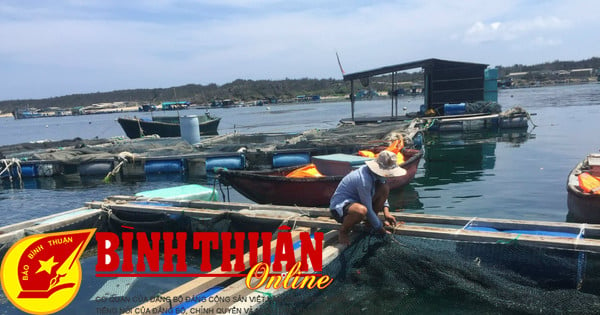
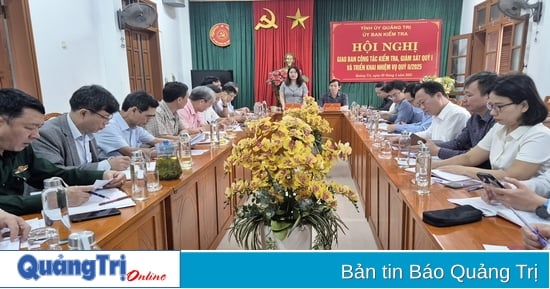
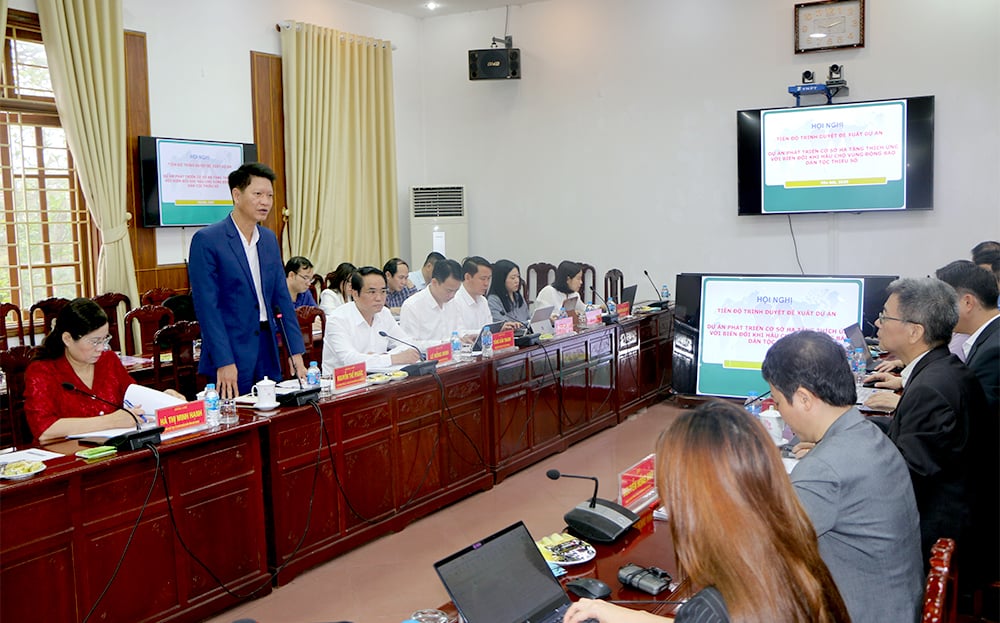
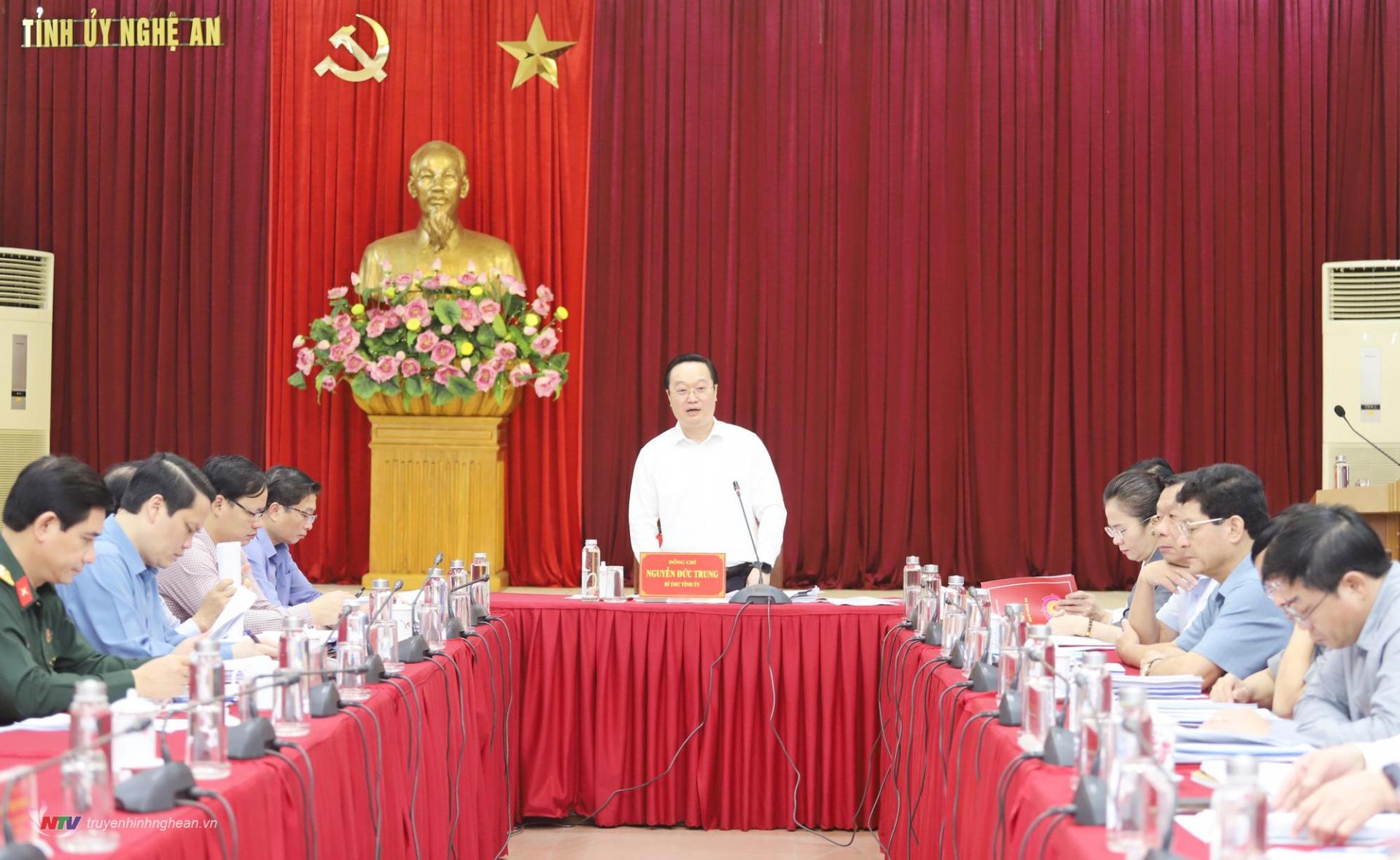
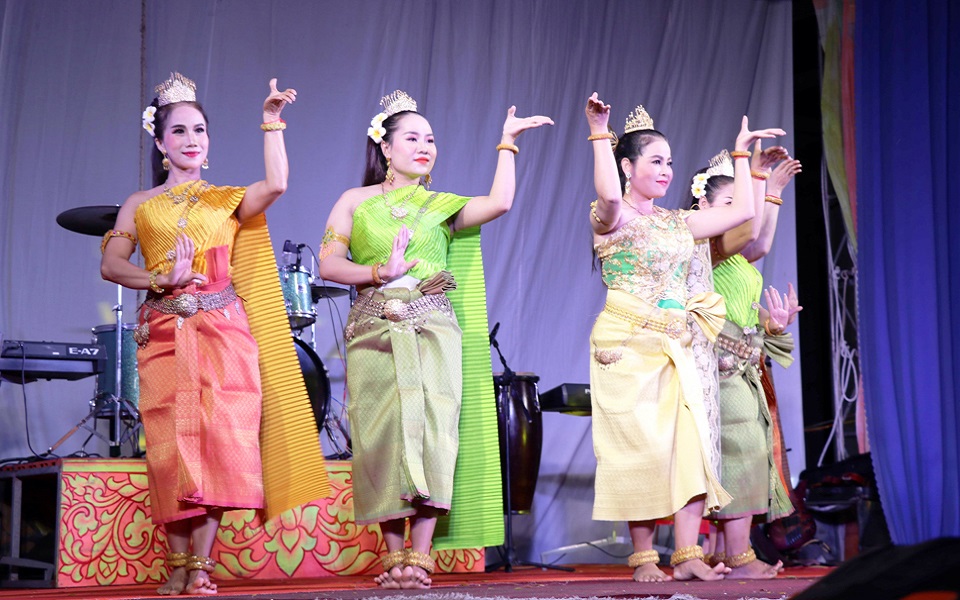
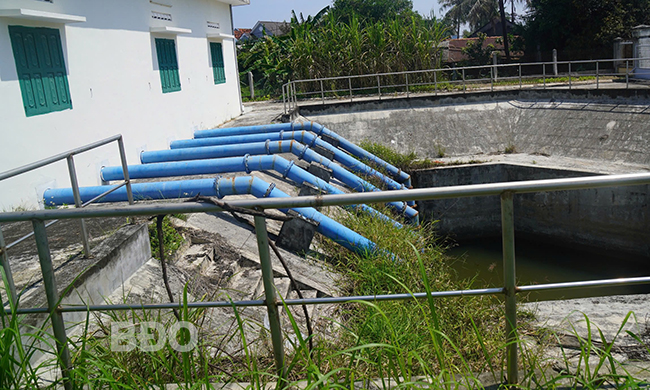
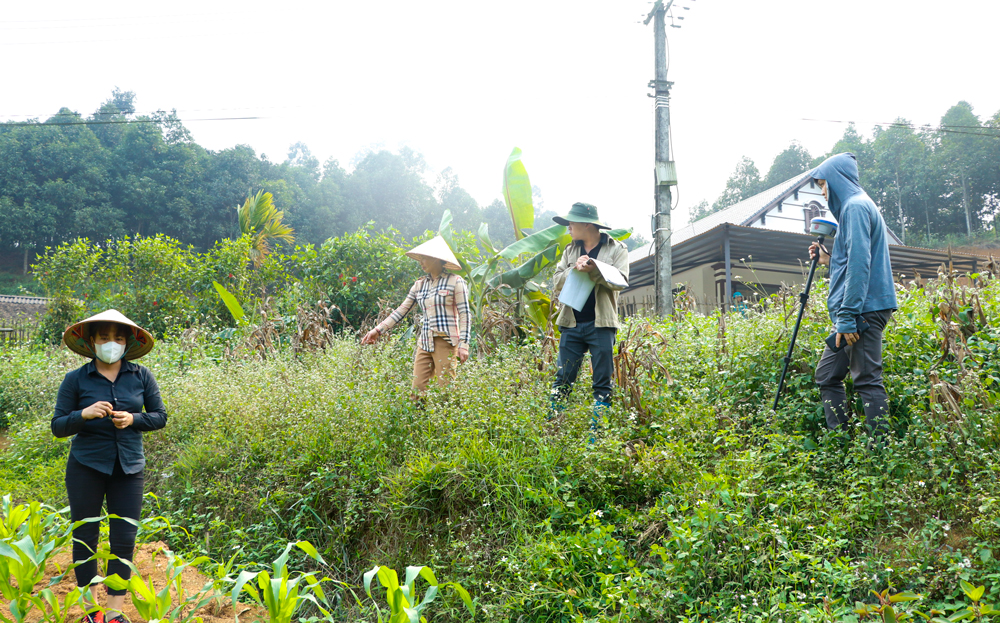
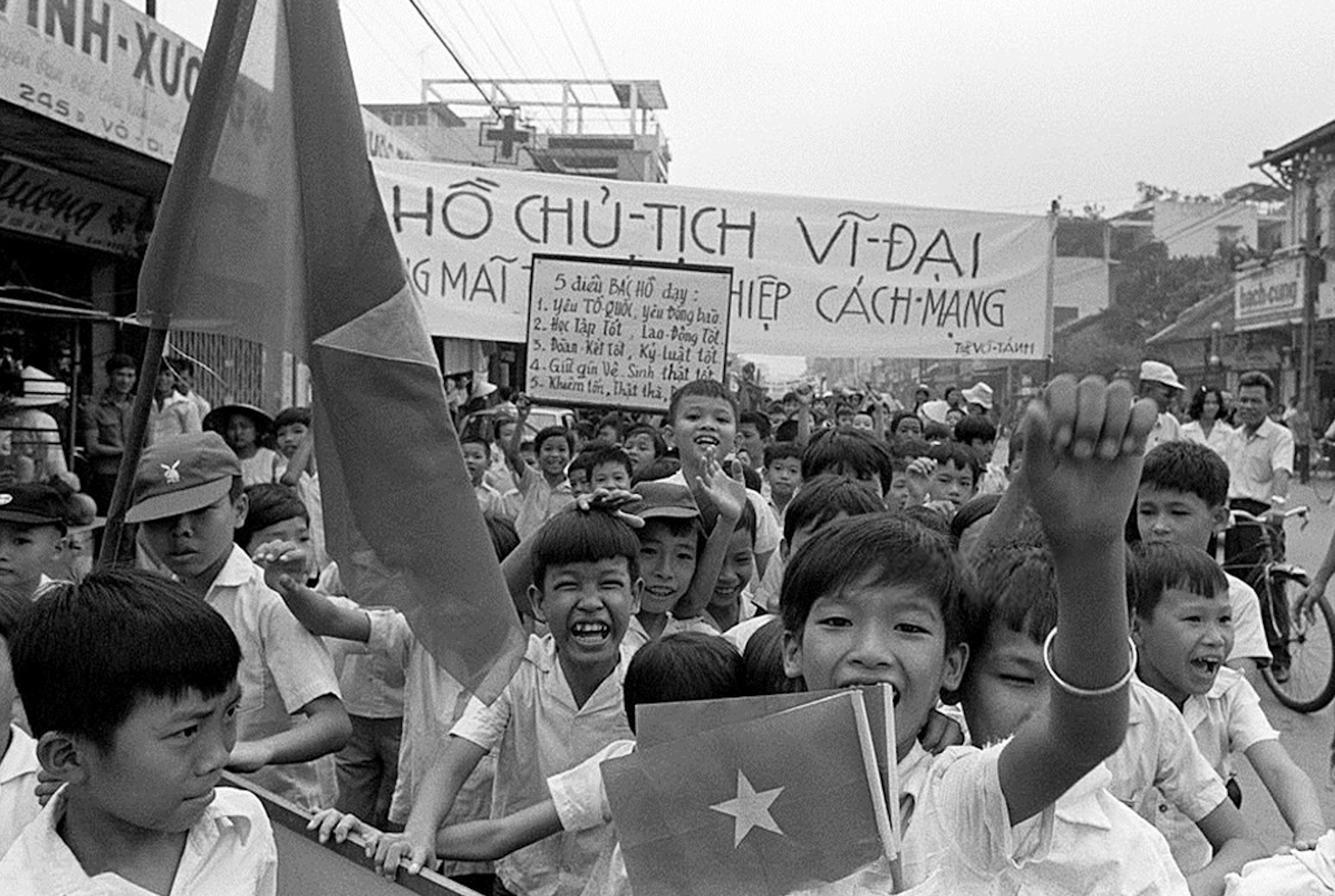
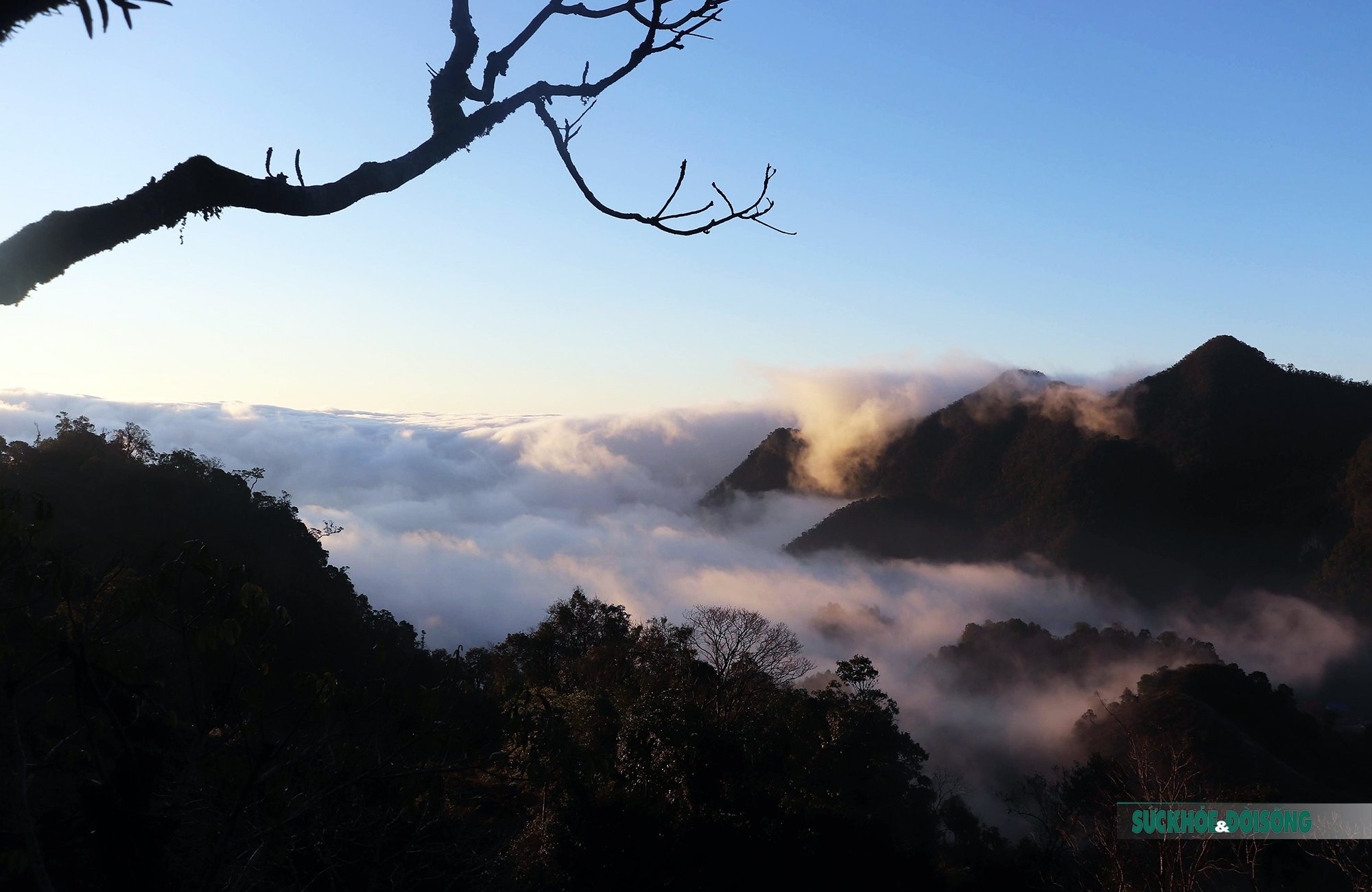

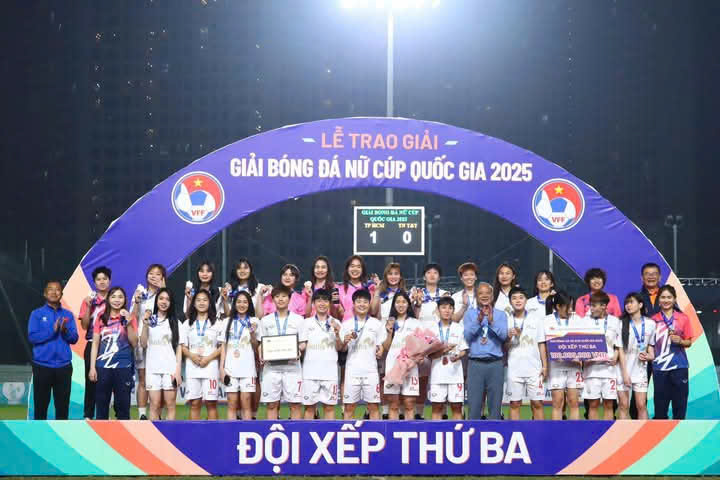
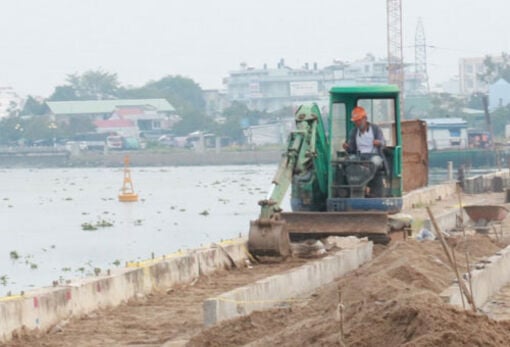
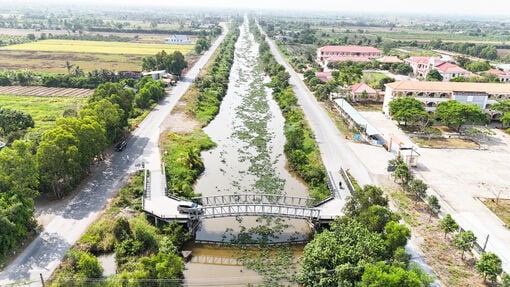
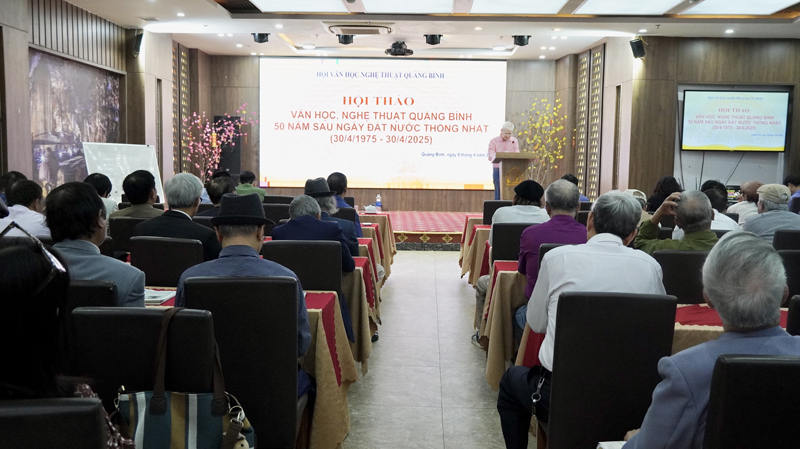
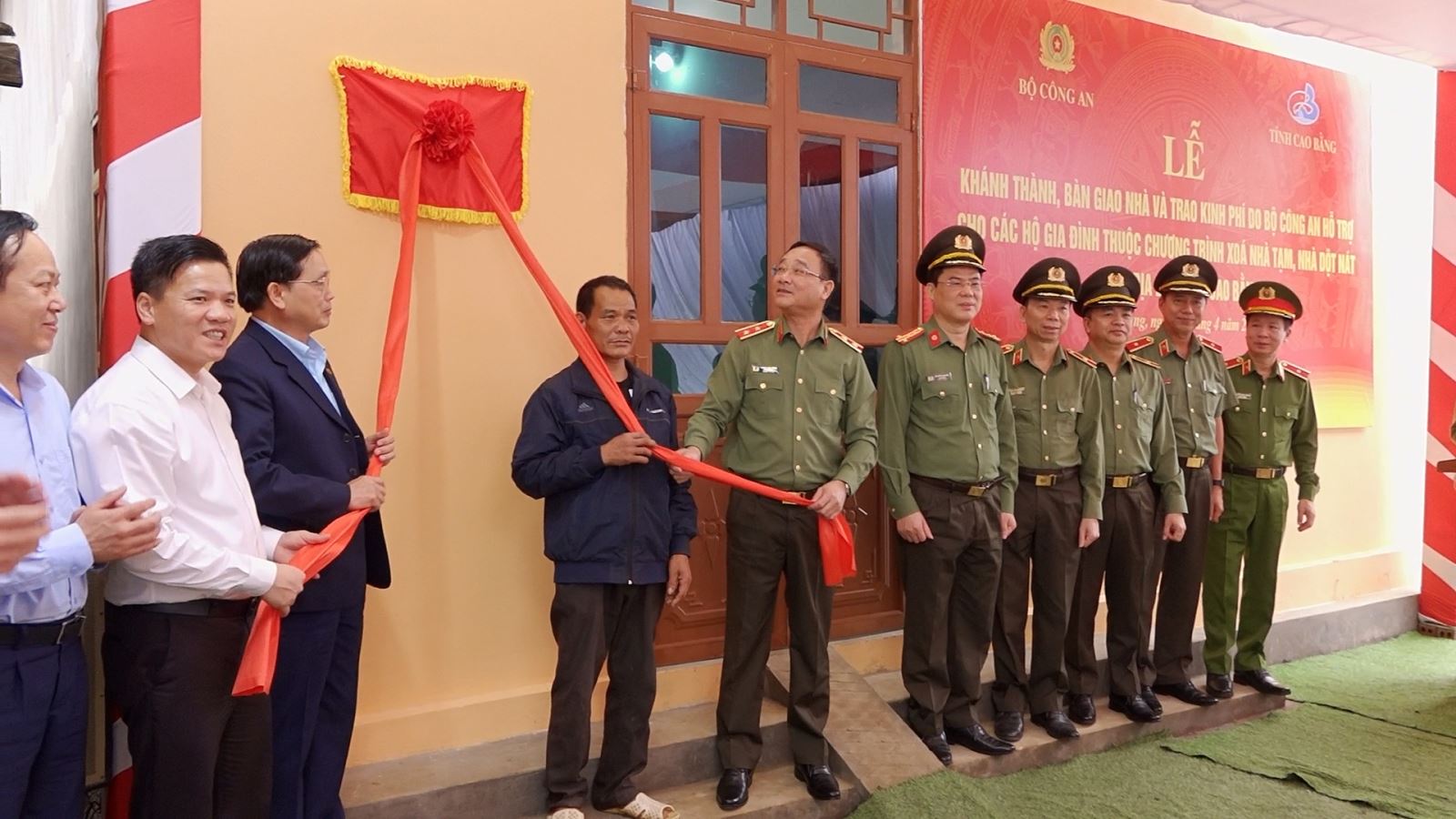
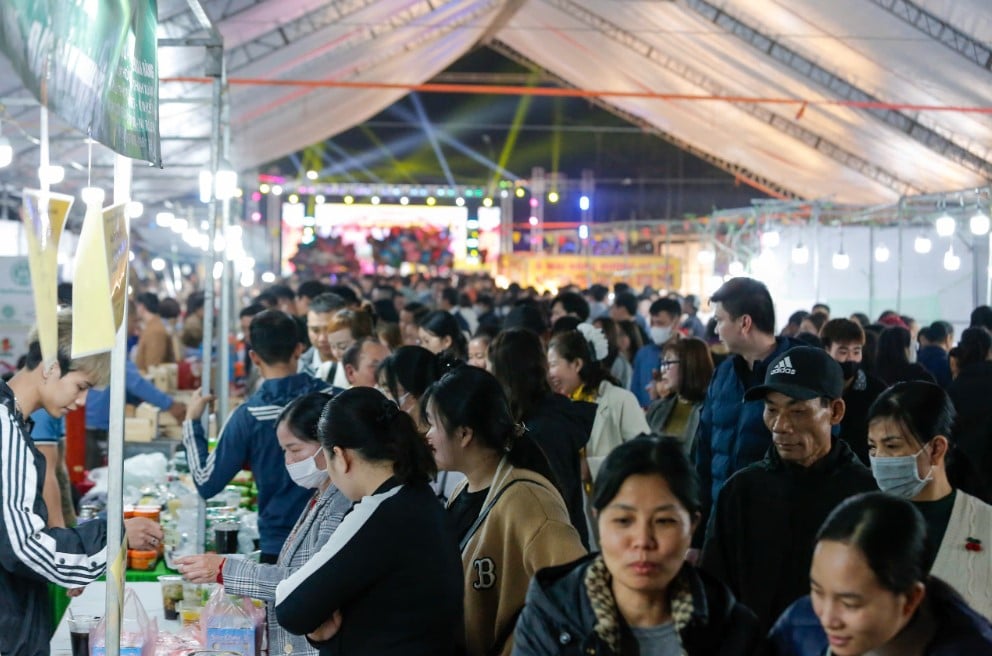
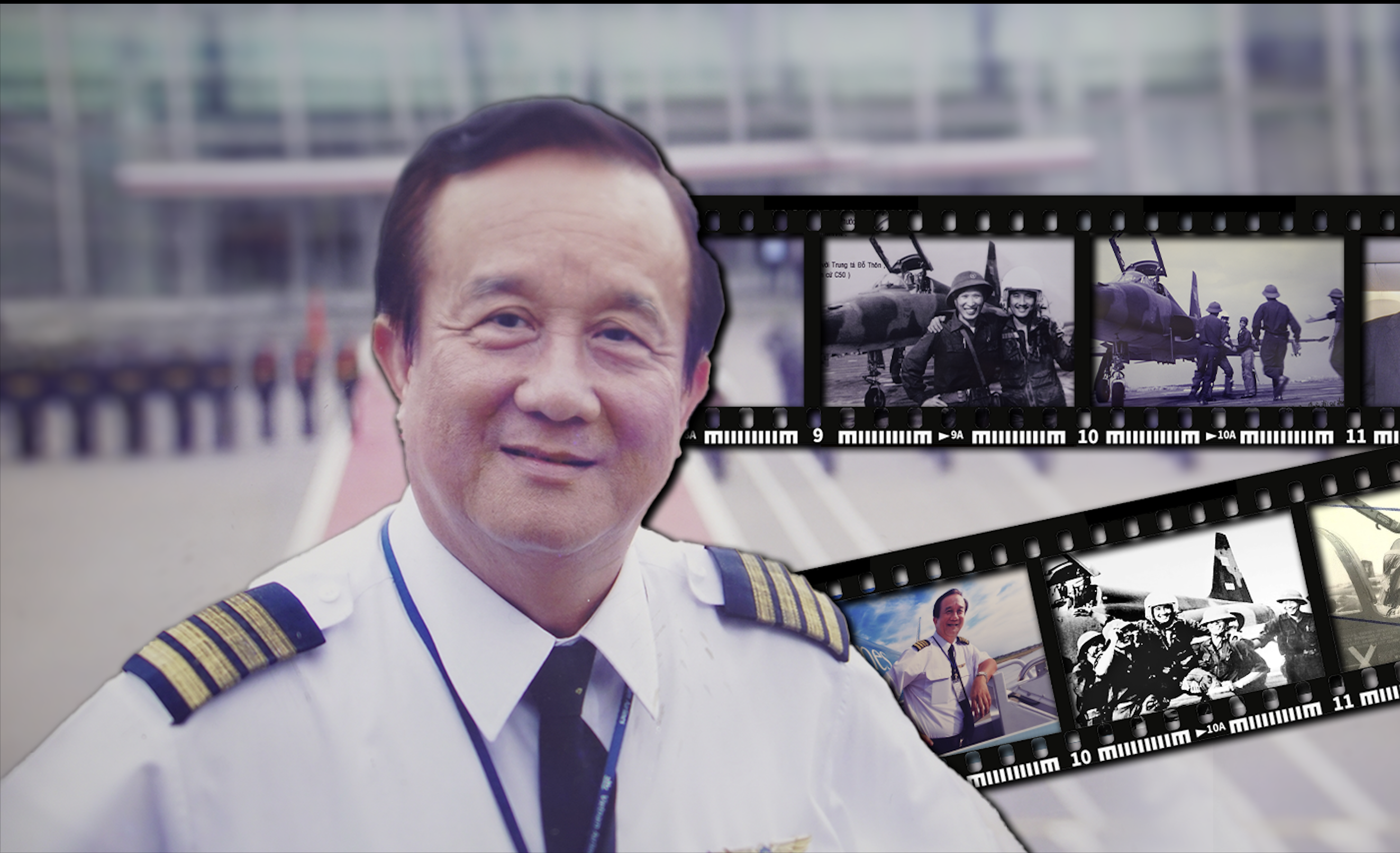
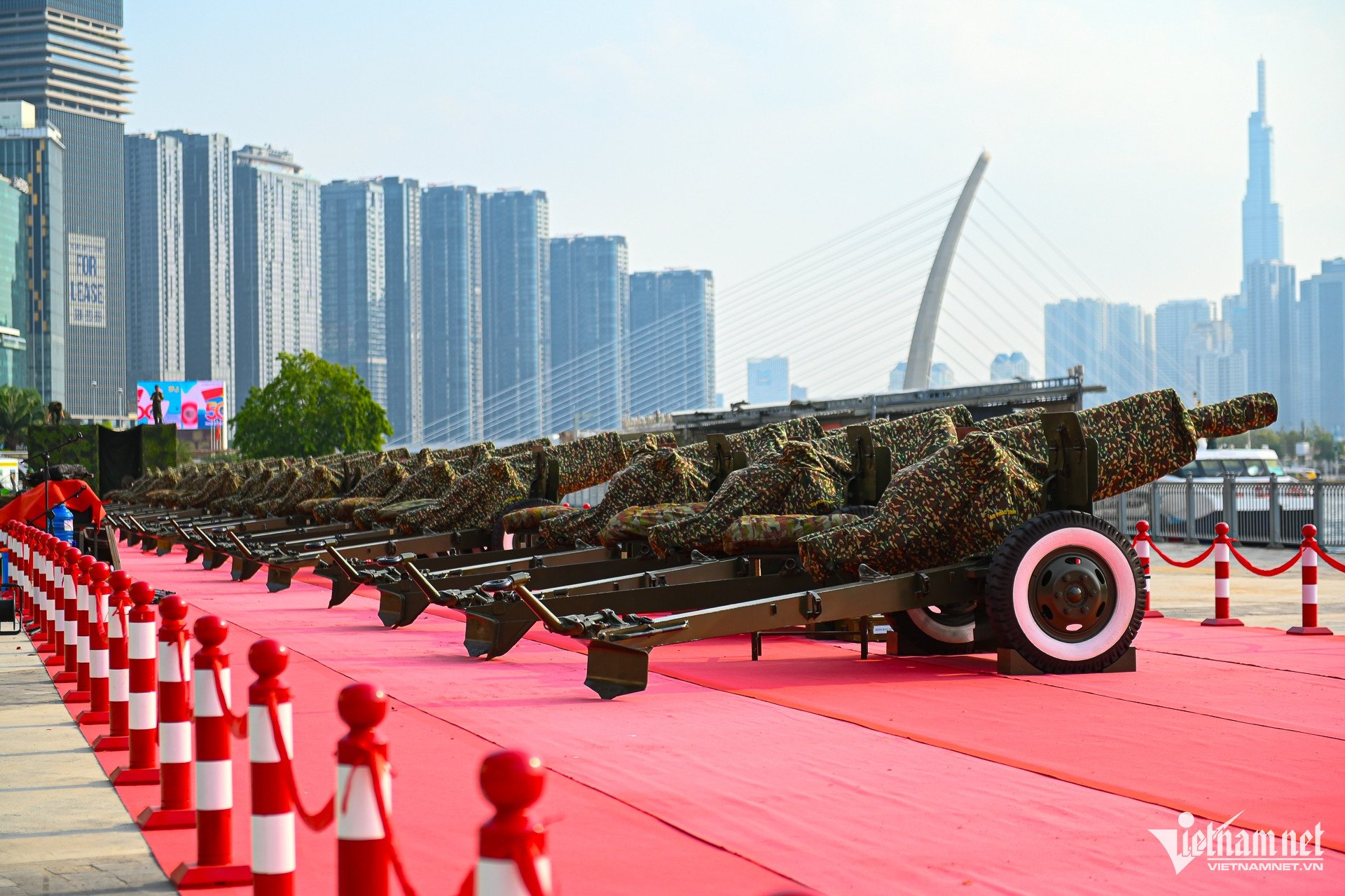
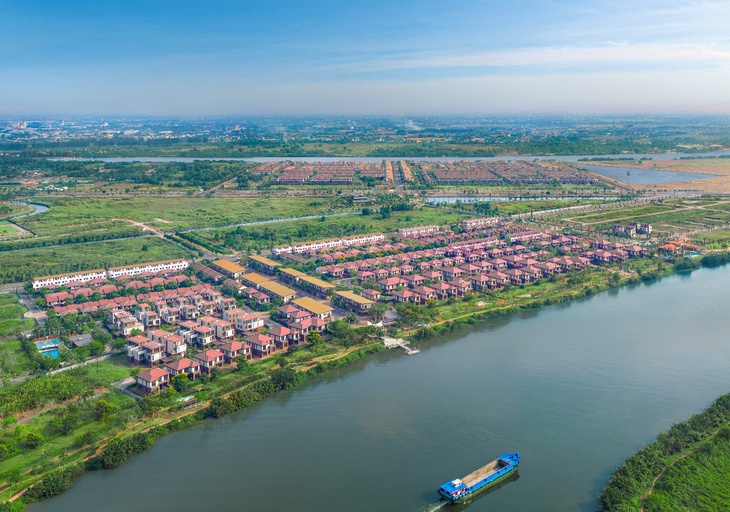



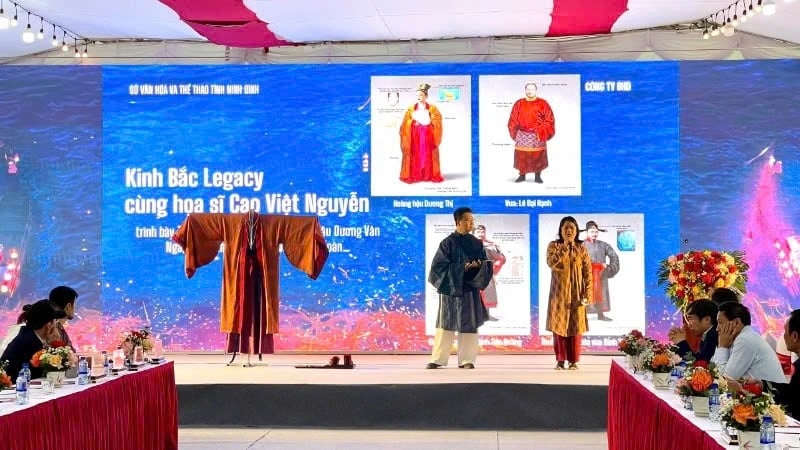
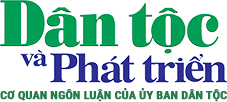
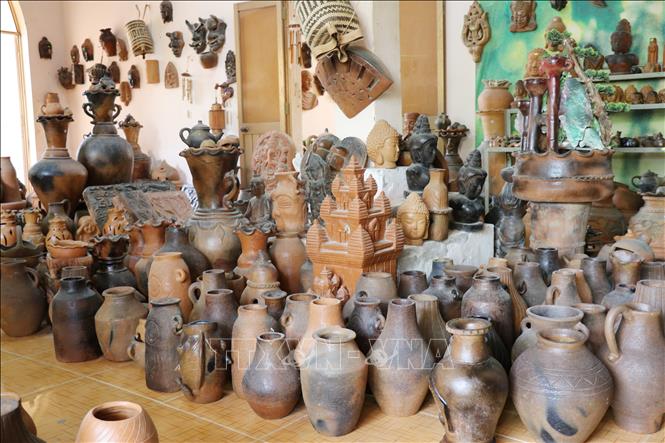
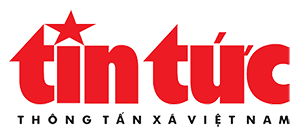
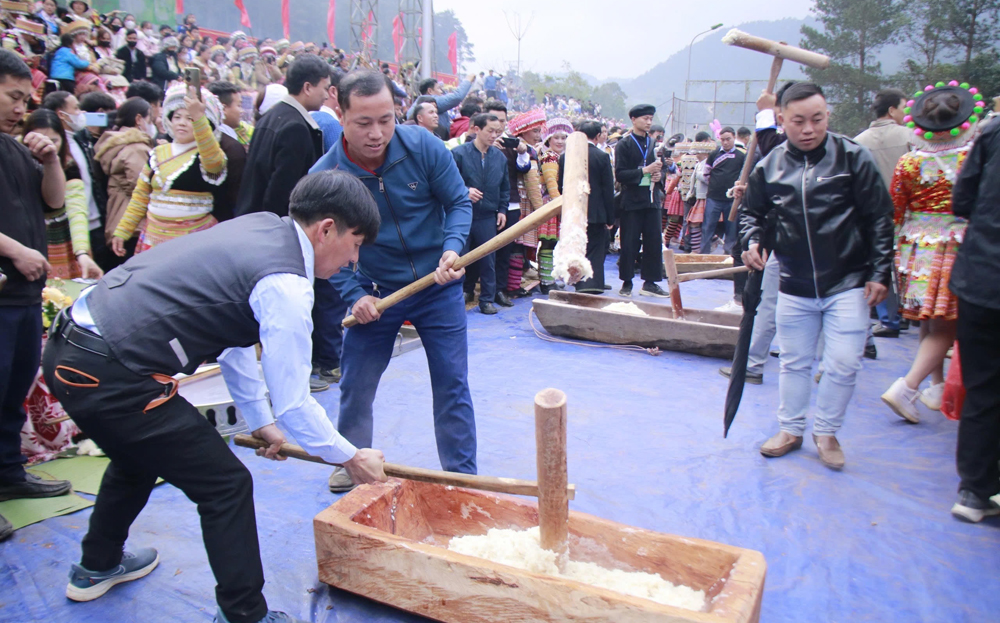
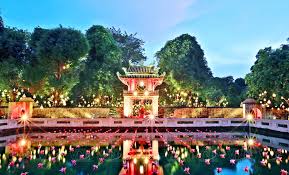
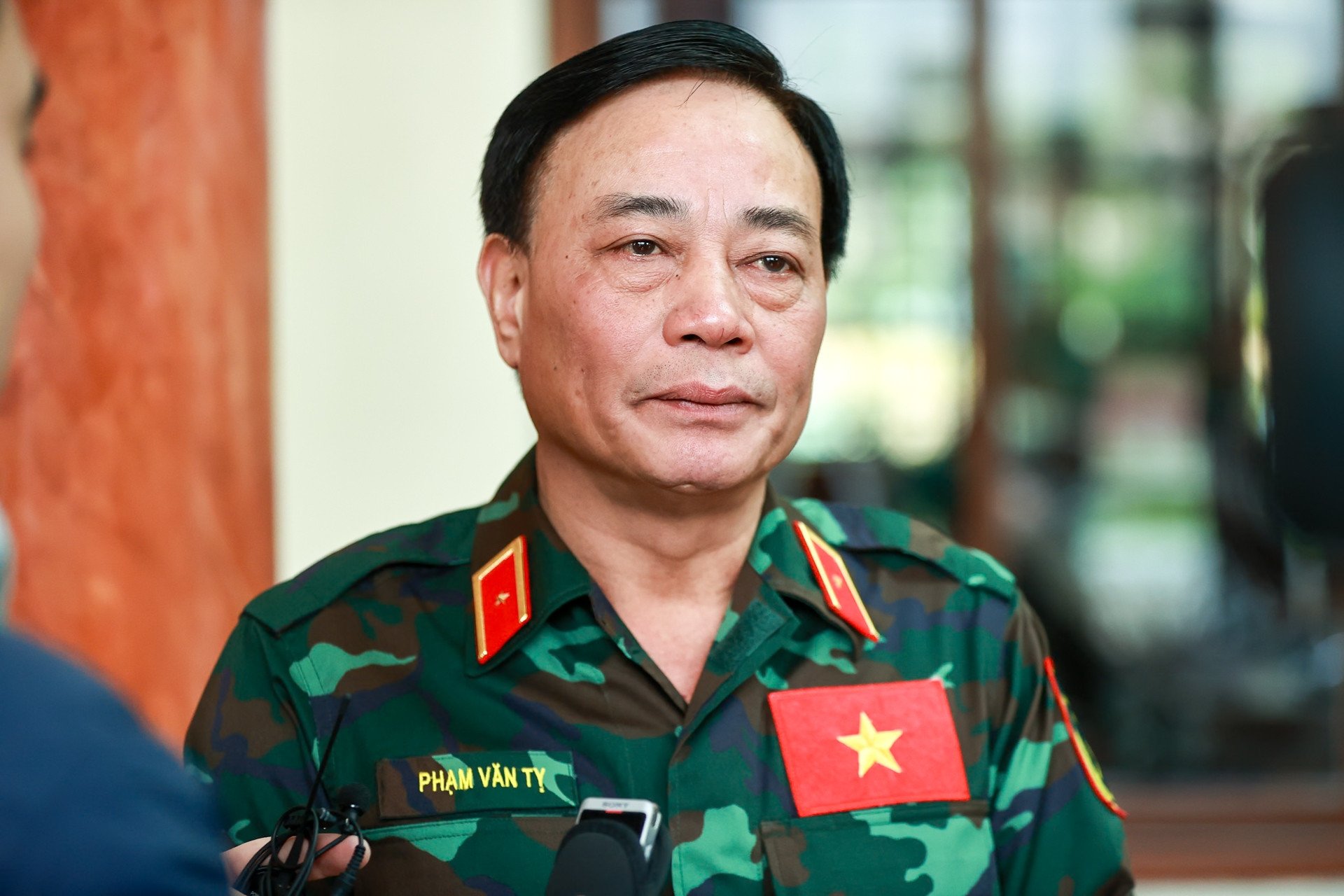

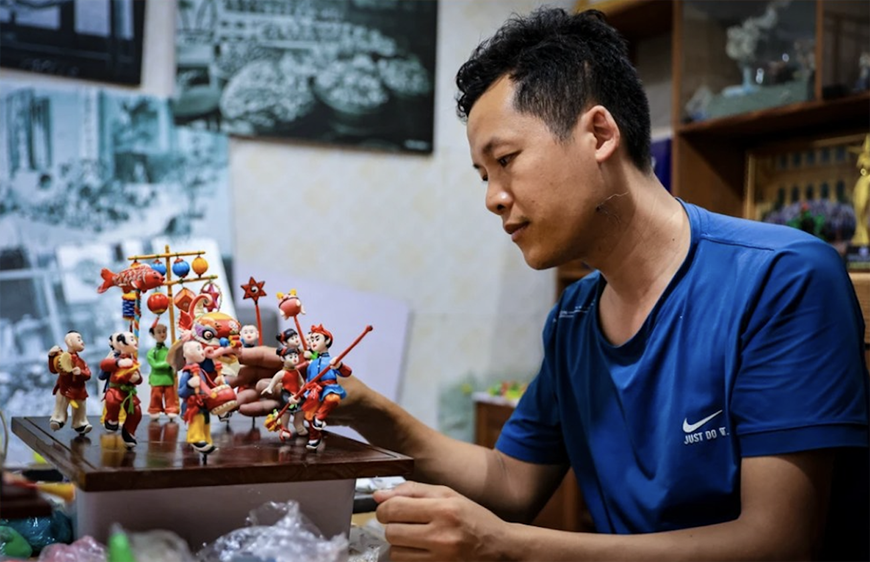
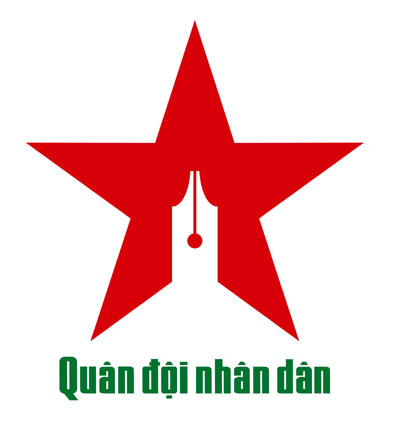
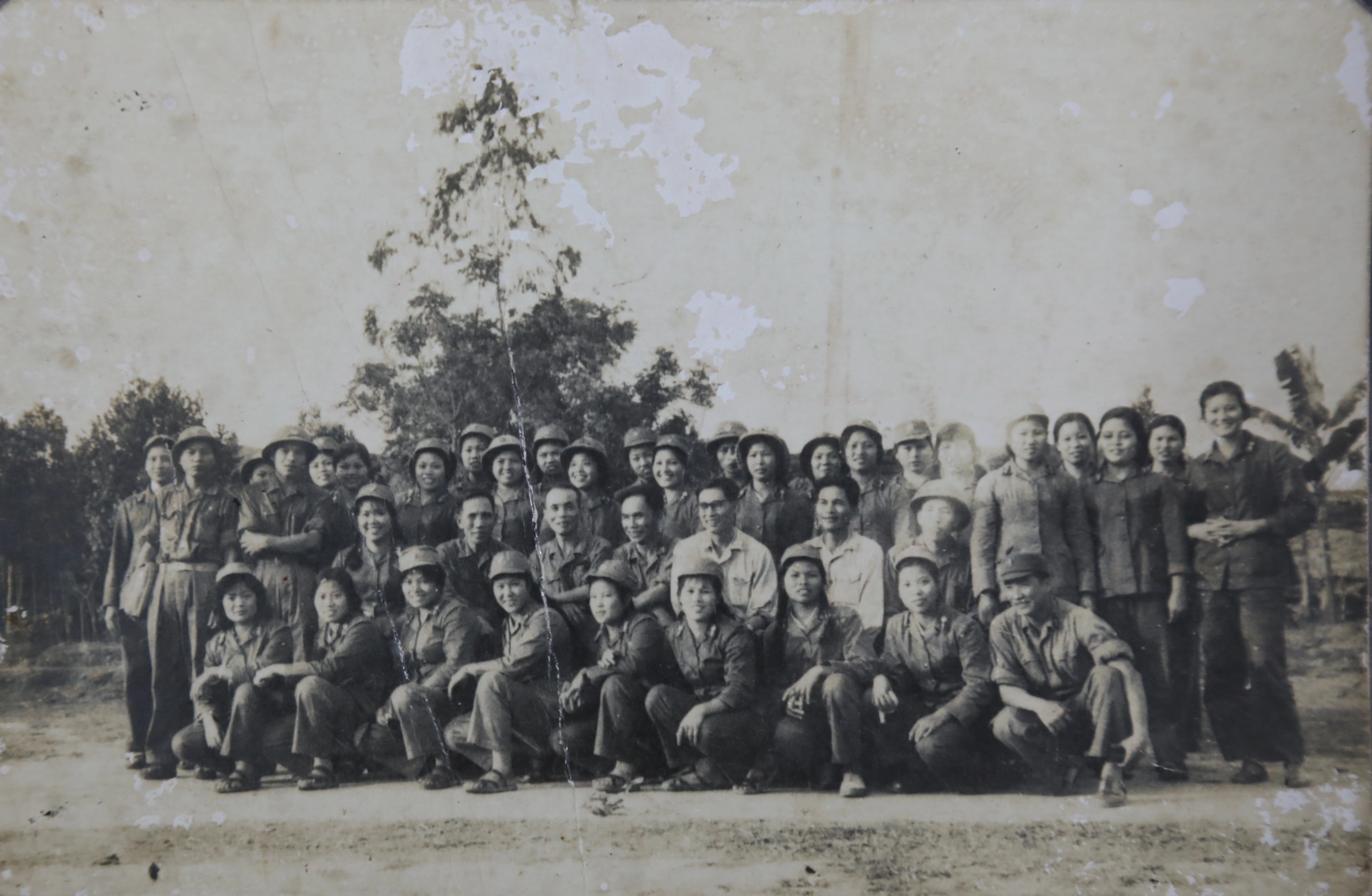


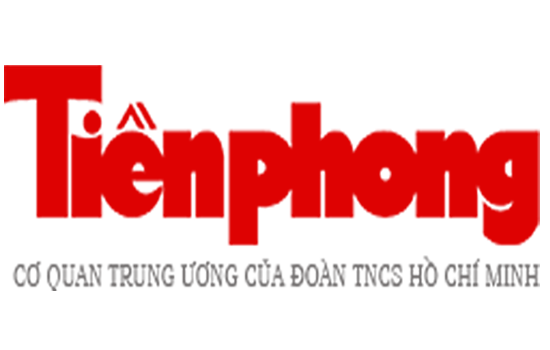
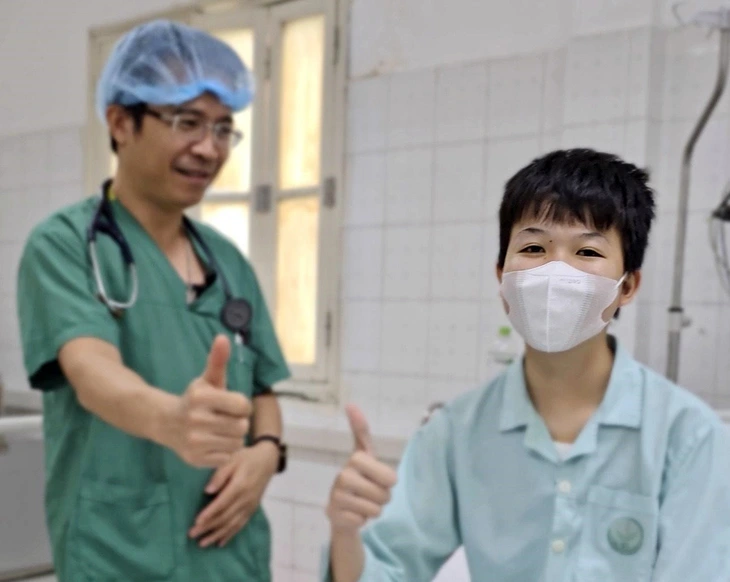
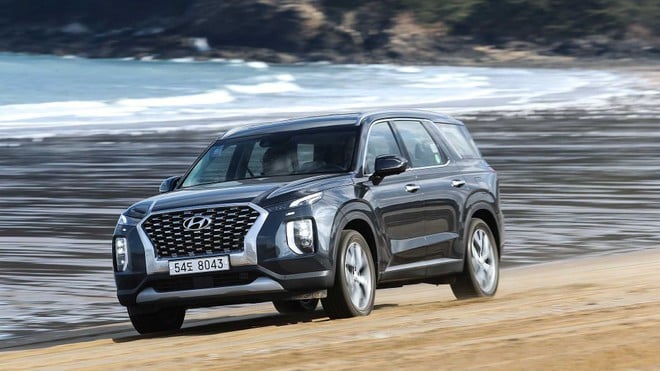



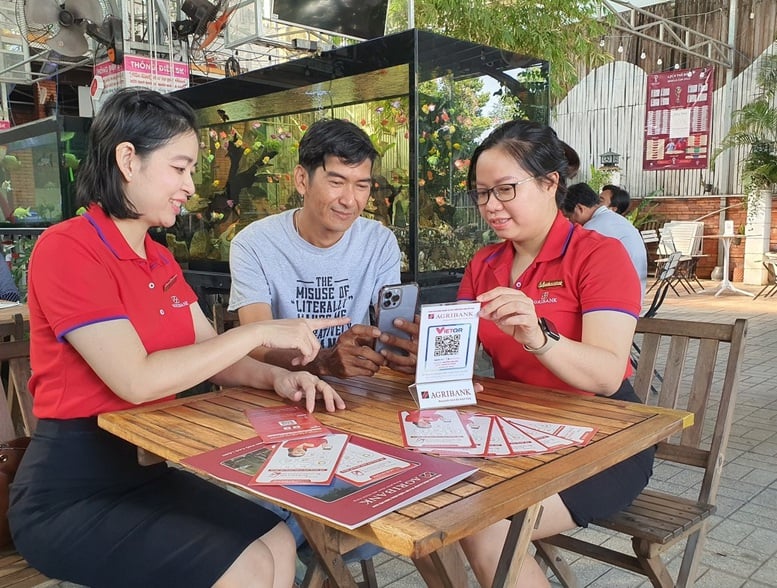
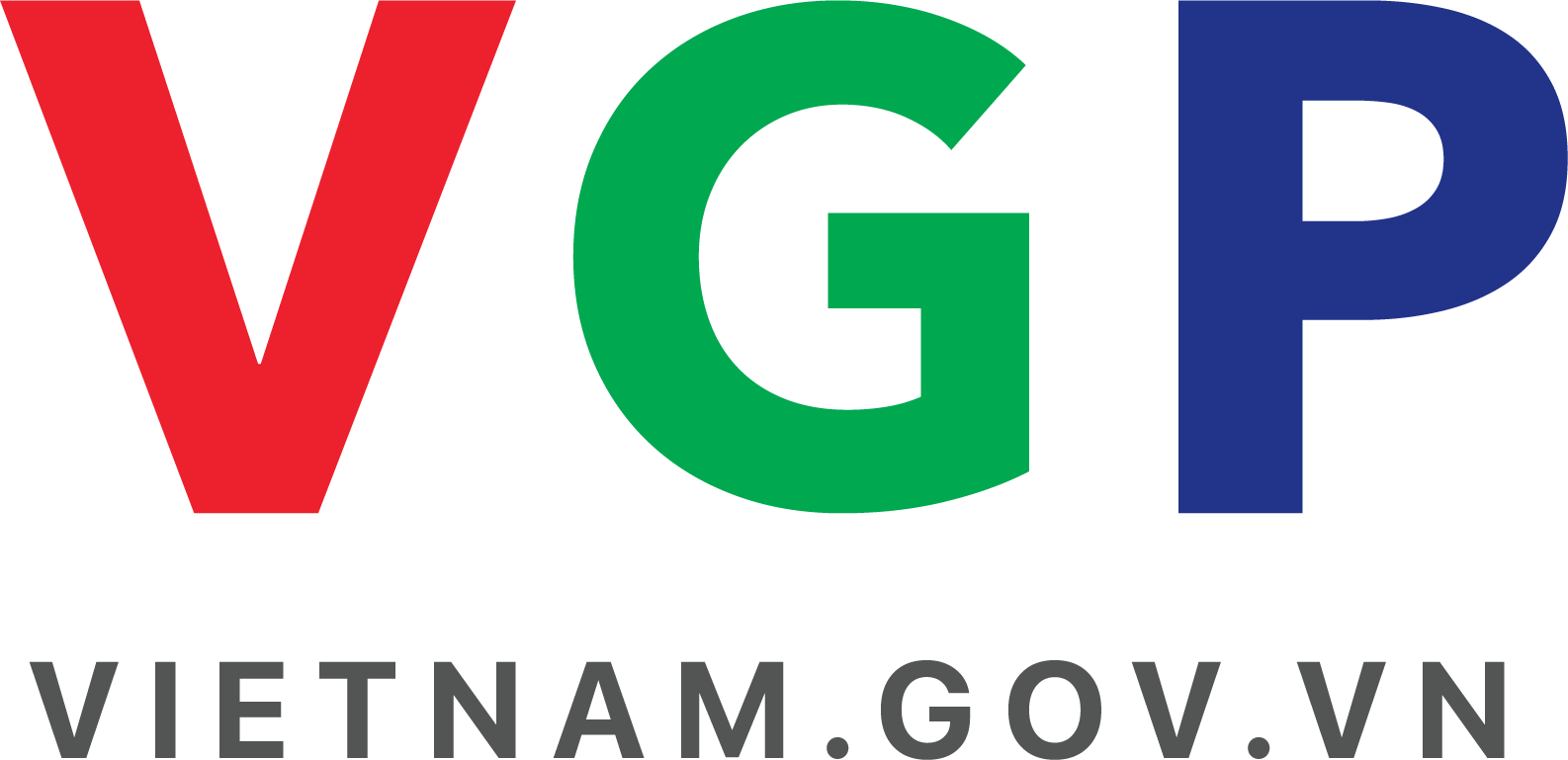
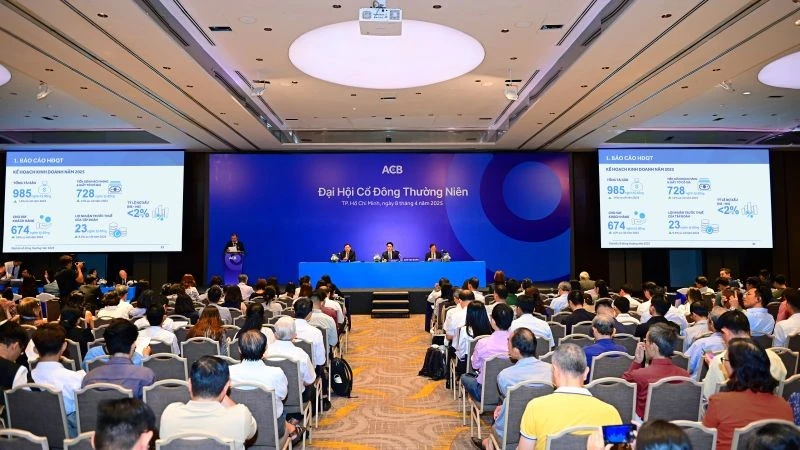
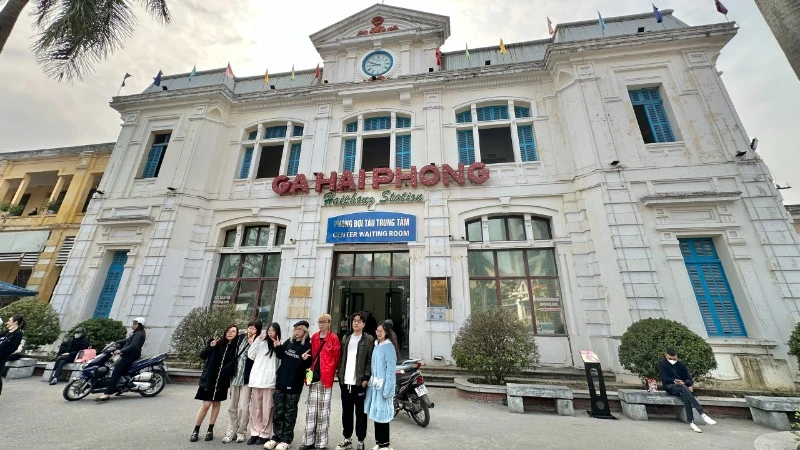
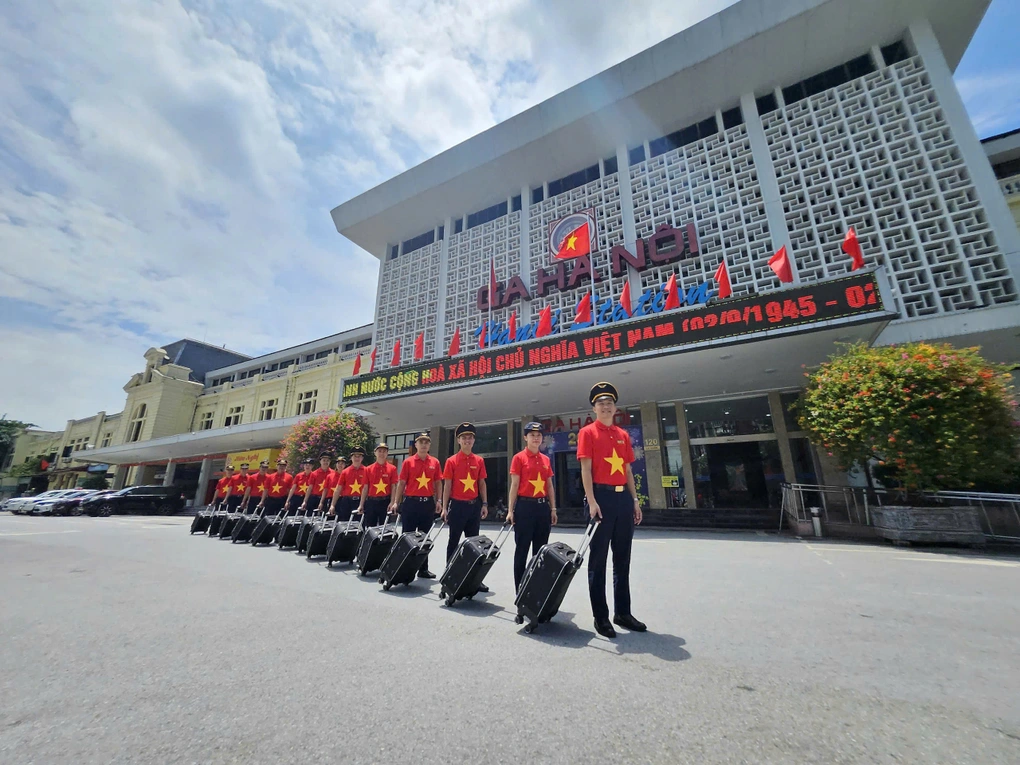
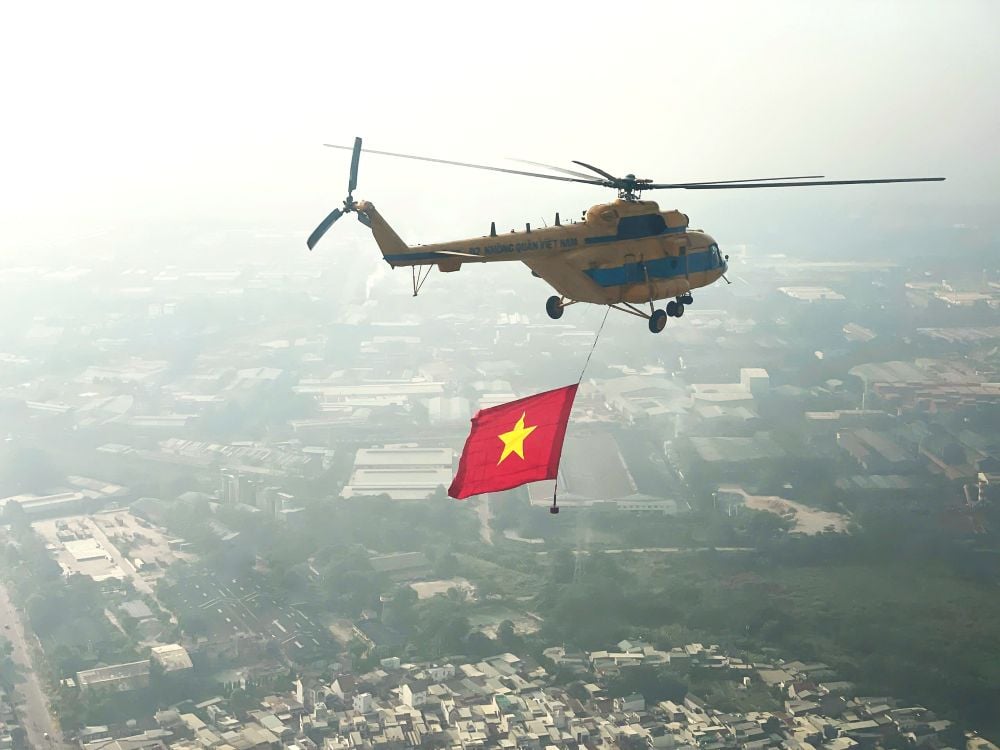
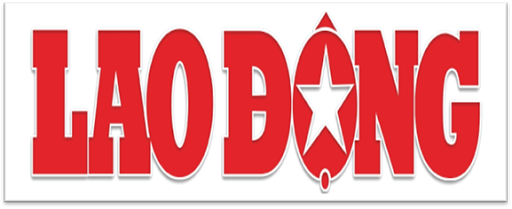
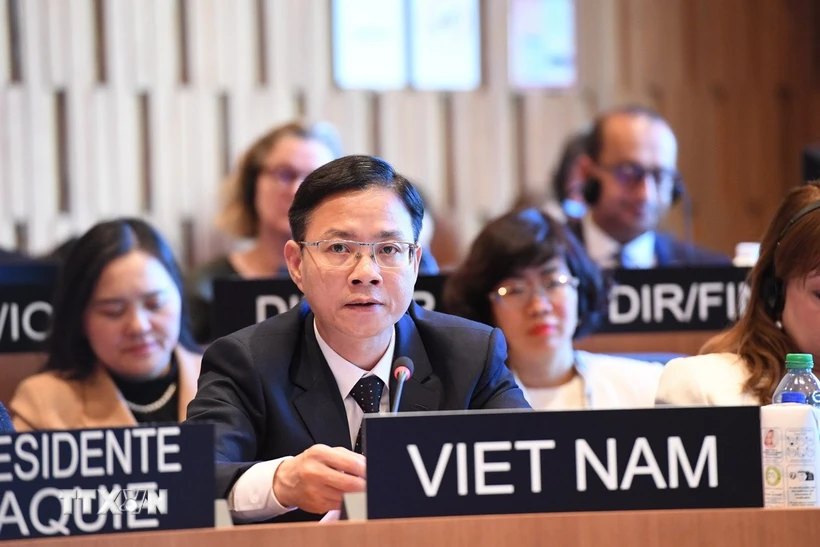
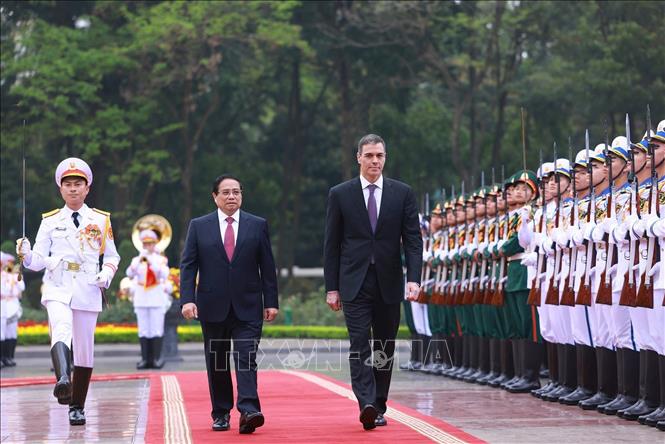
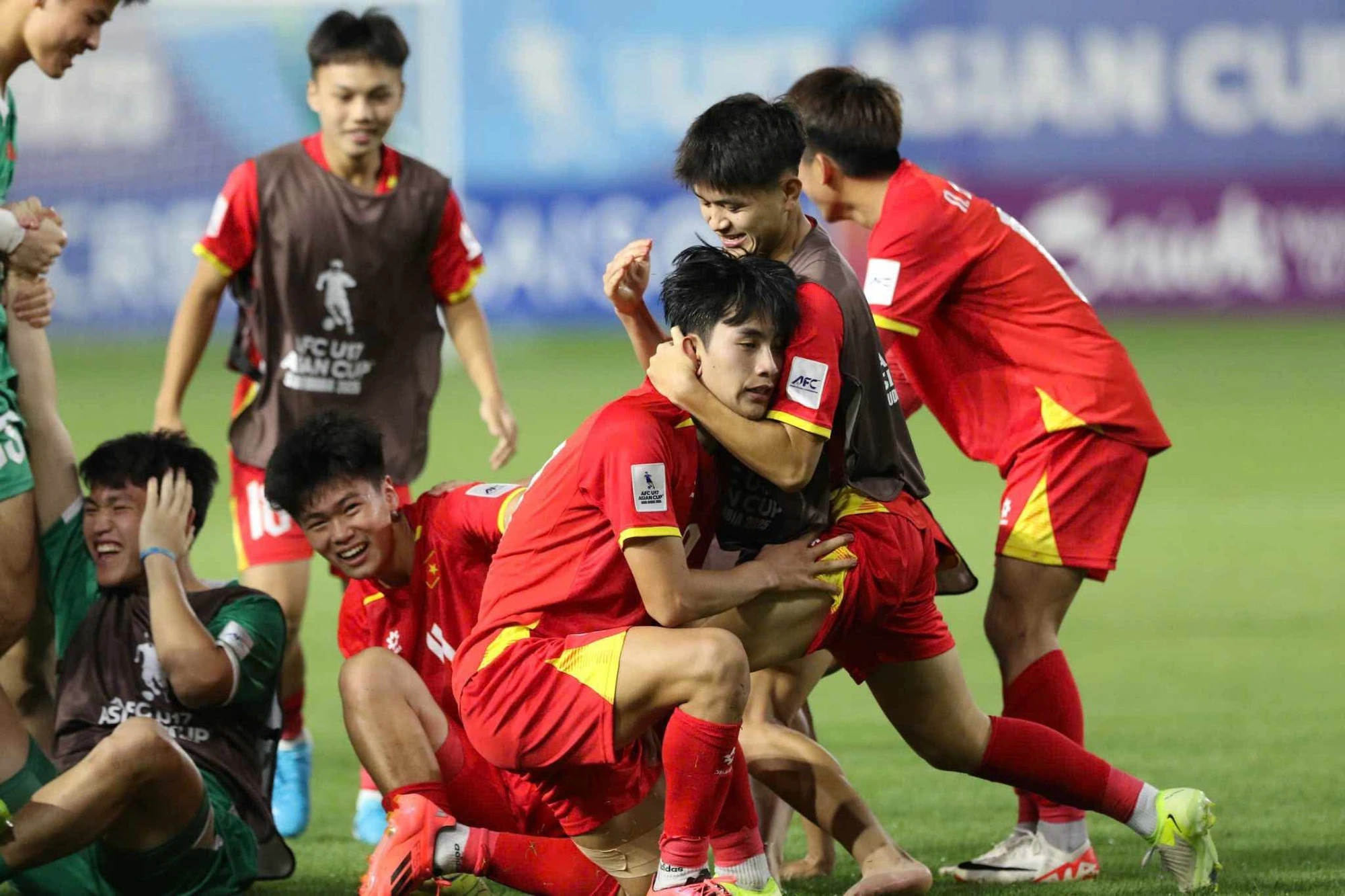
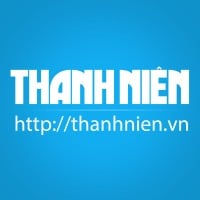
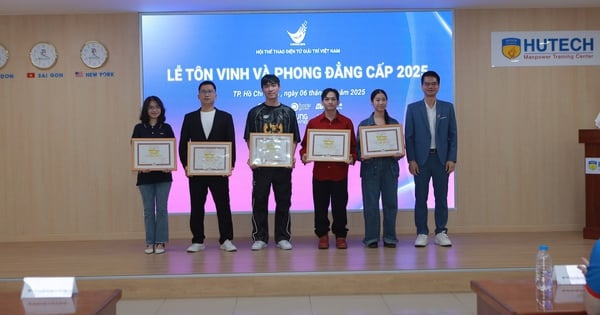

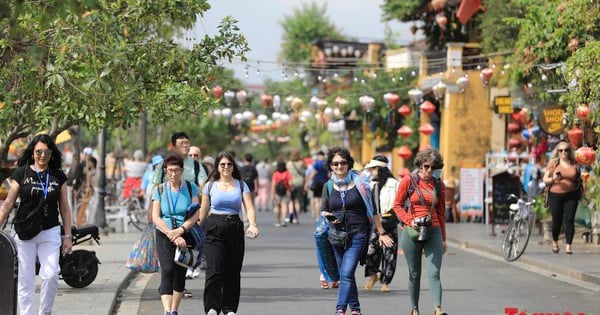
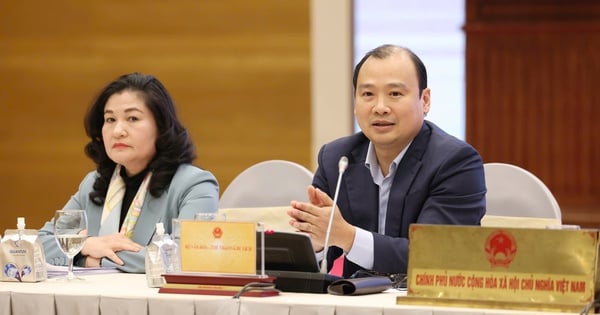
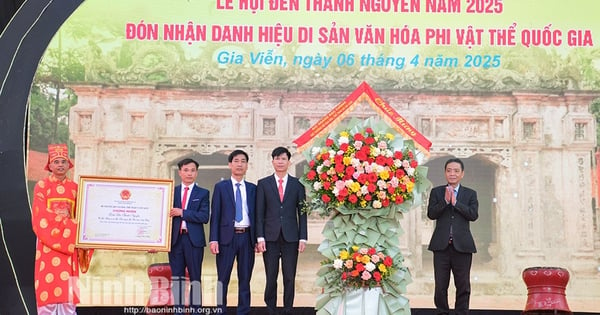
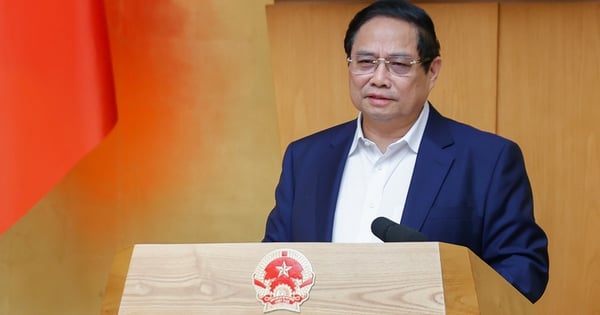
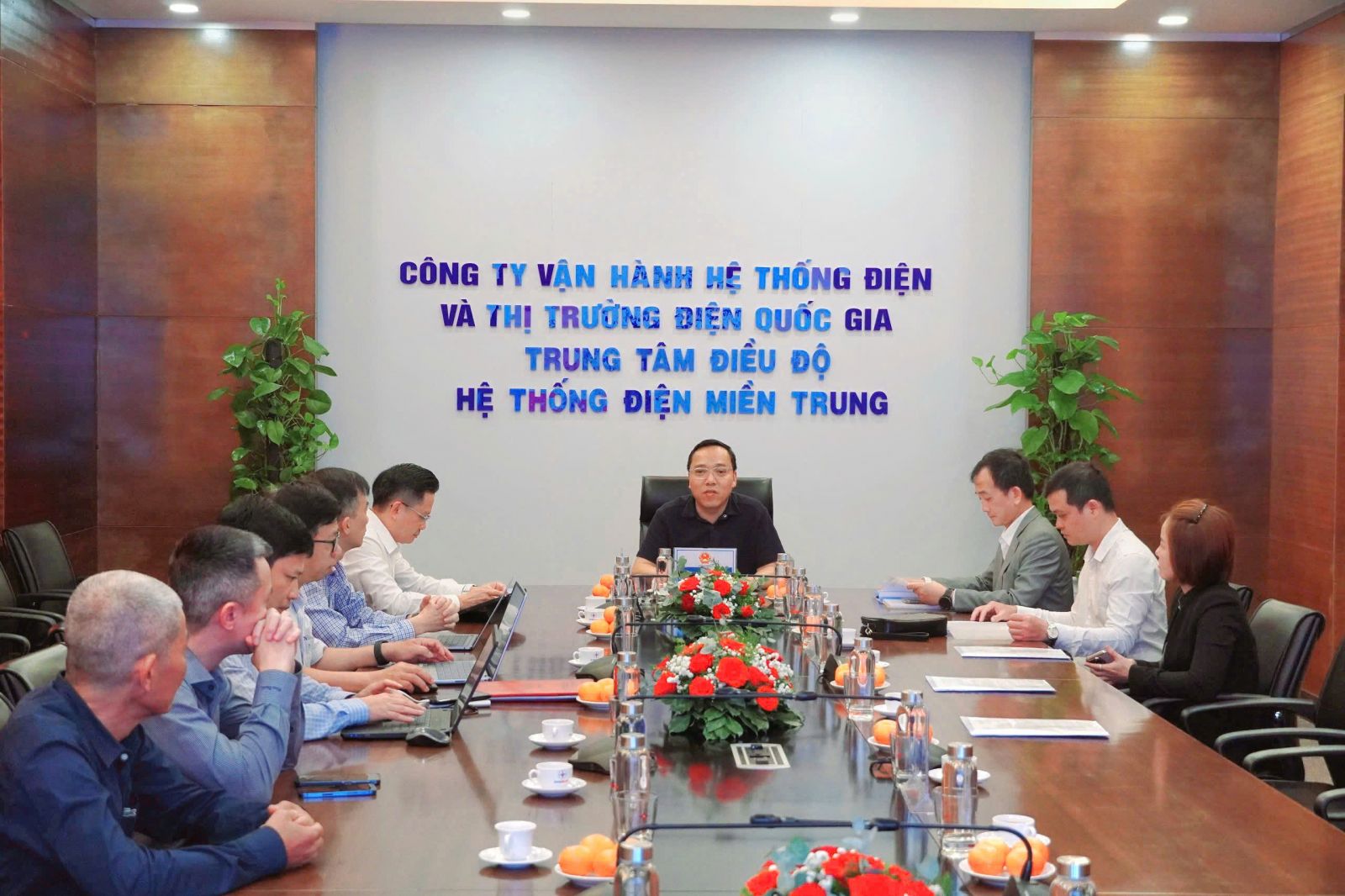
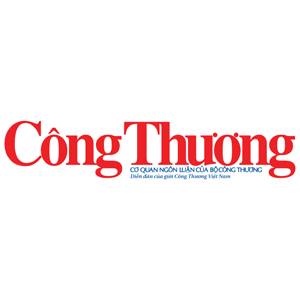
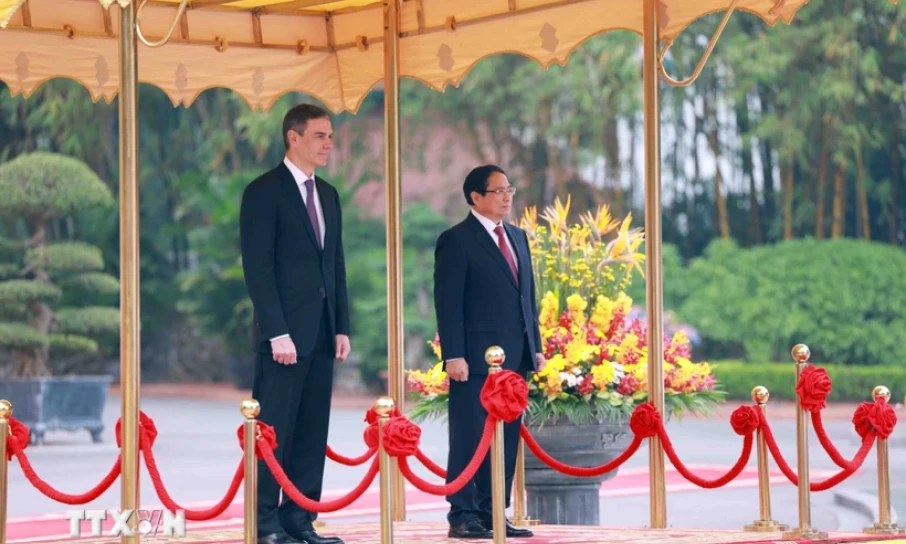
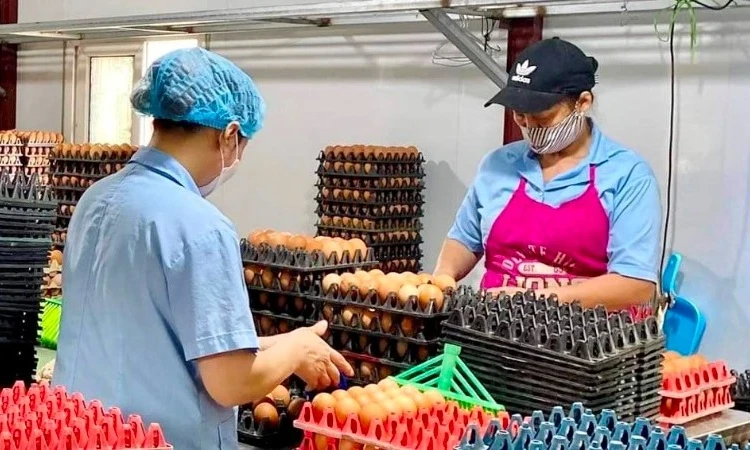
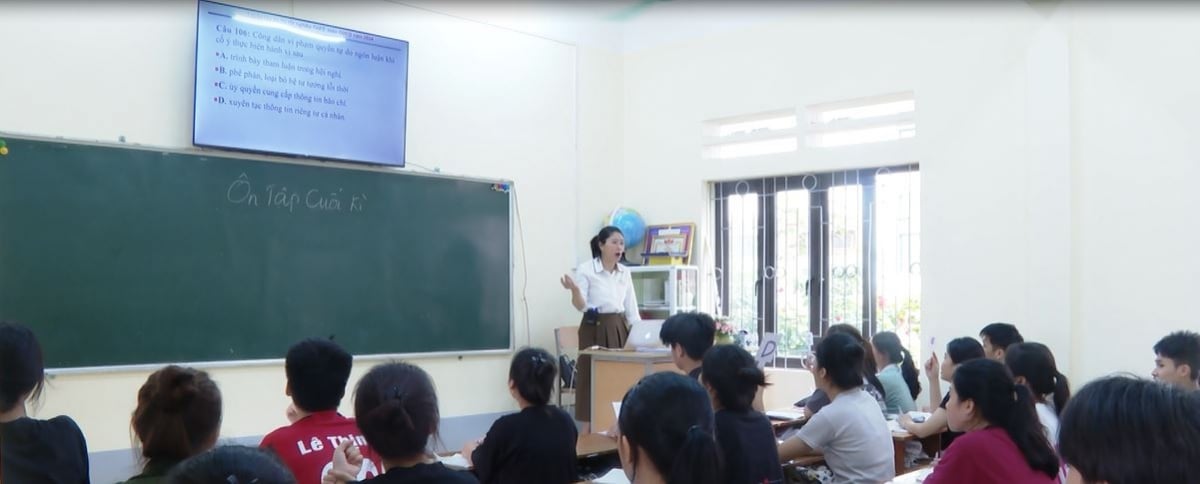
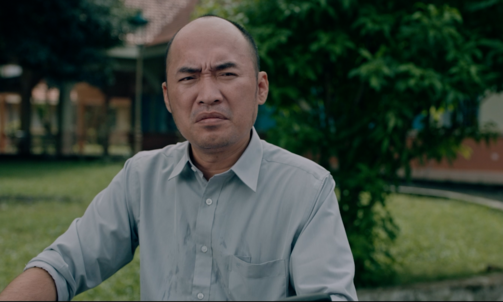
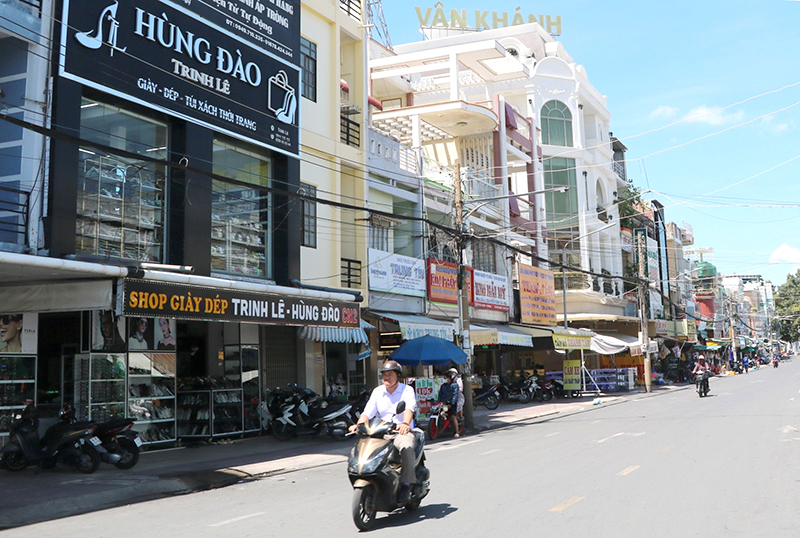
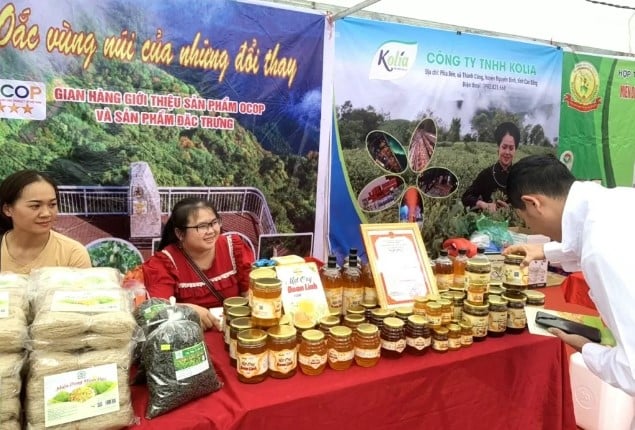
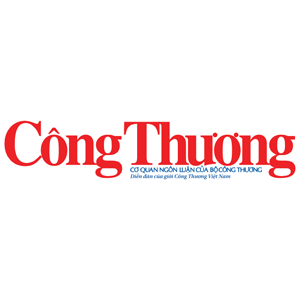
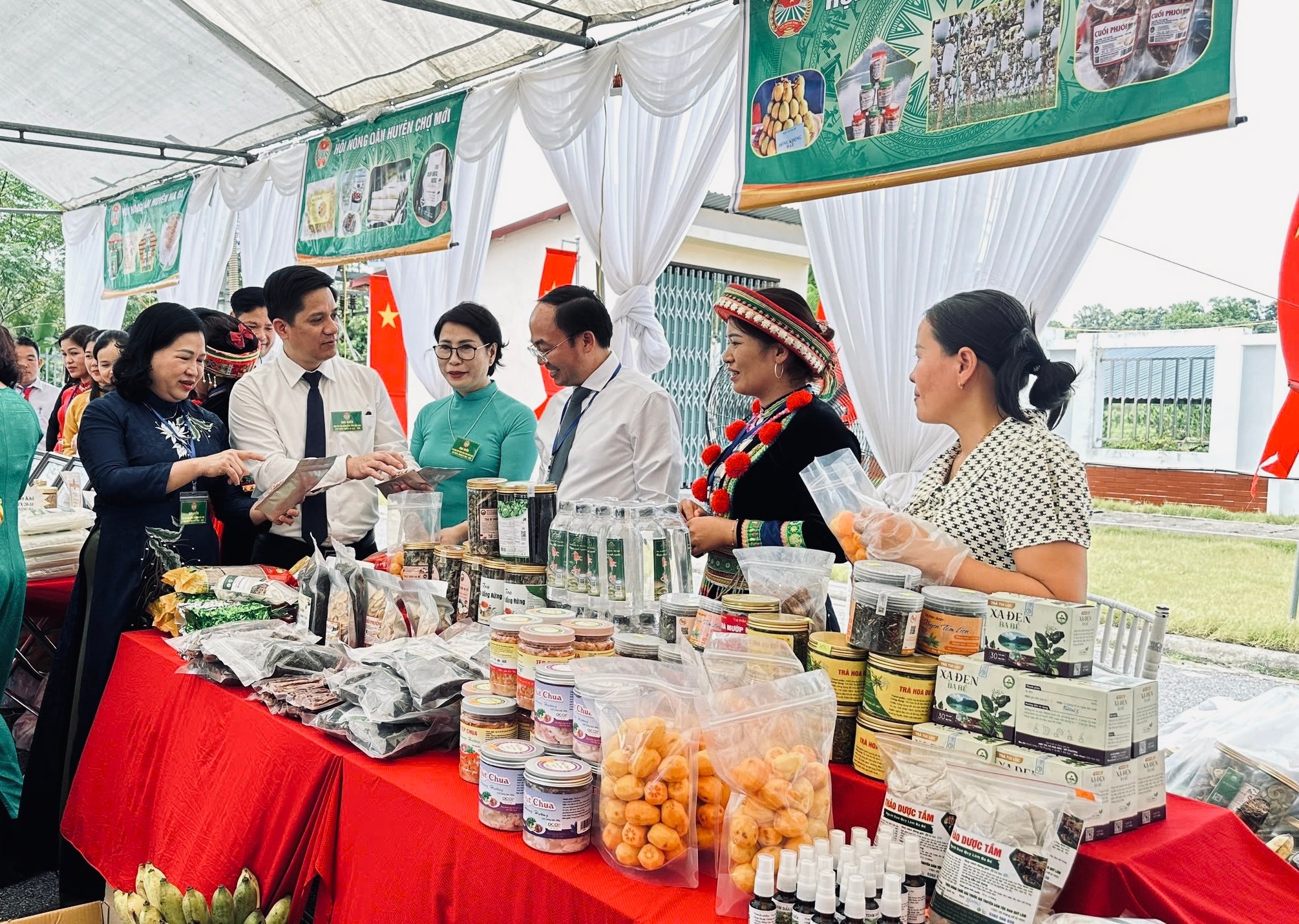
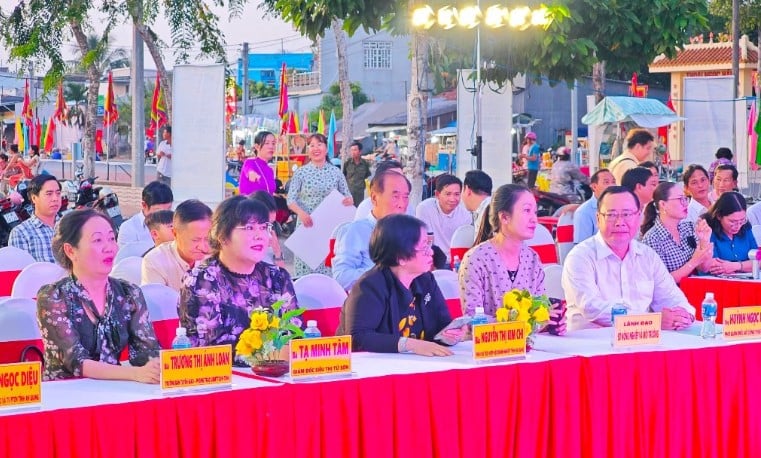
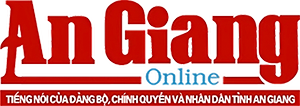
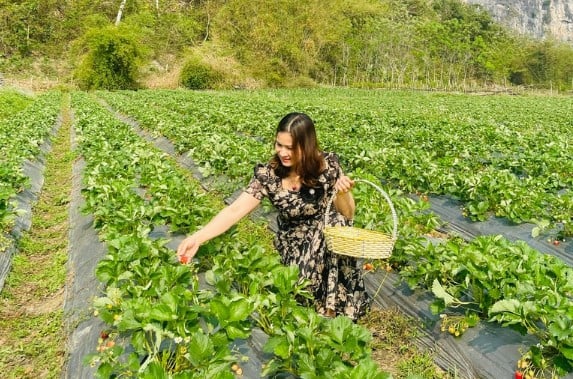

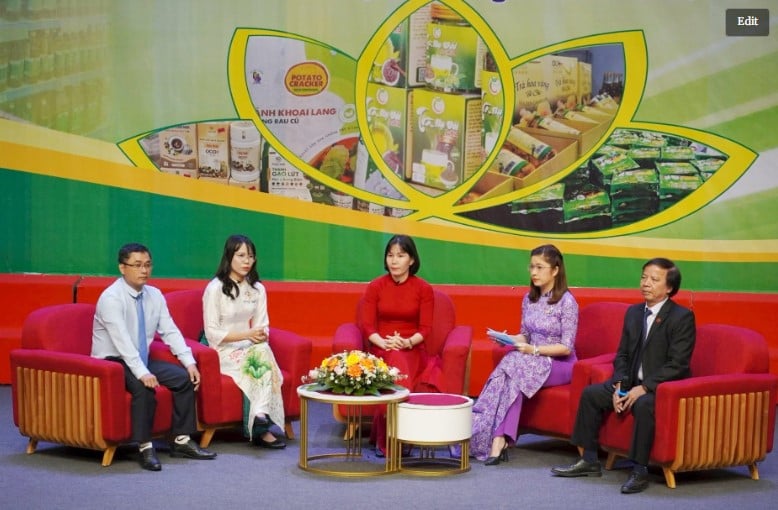

Comment (0)